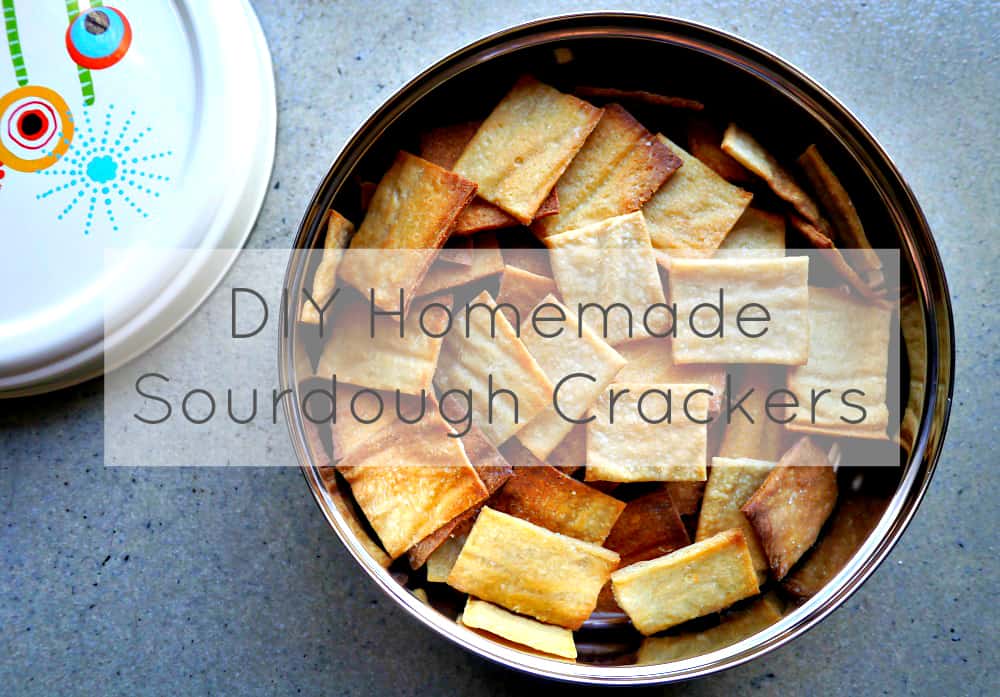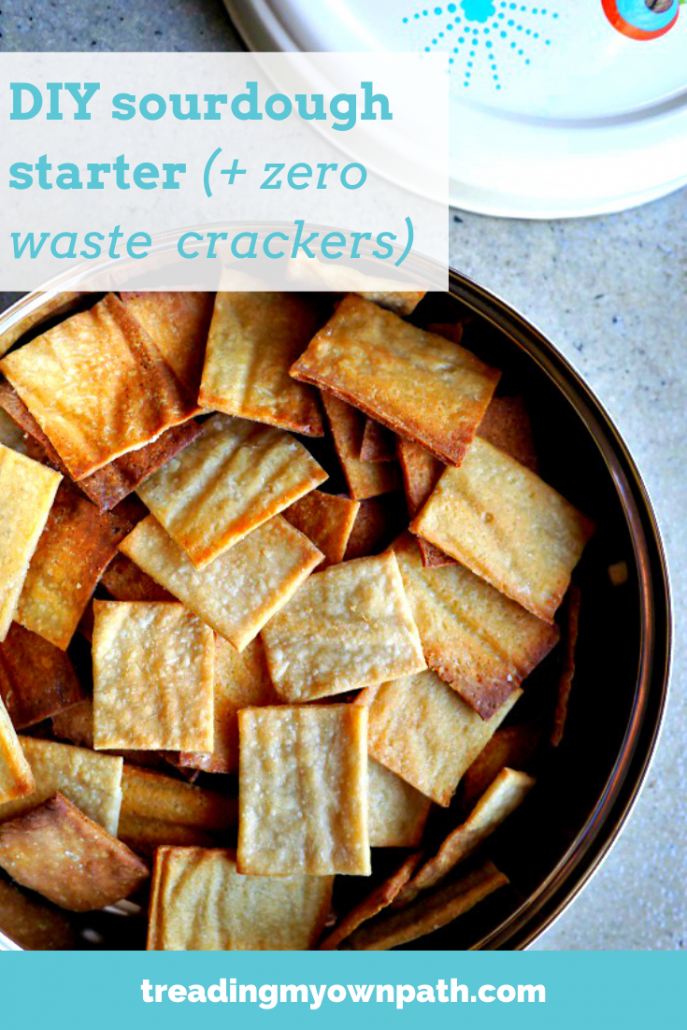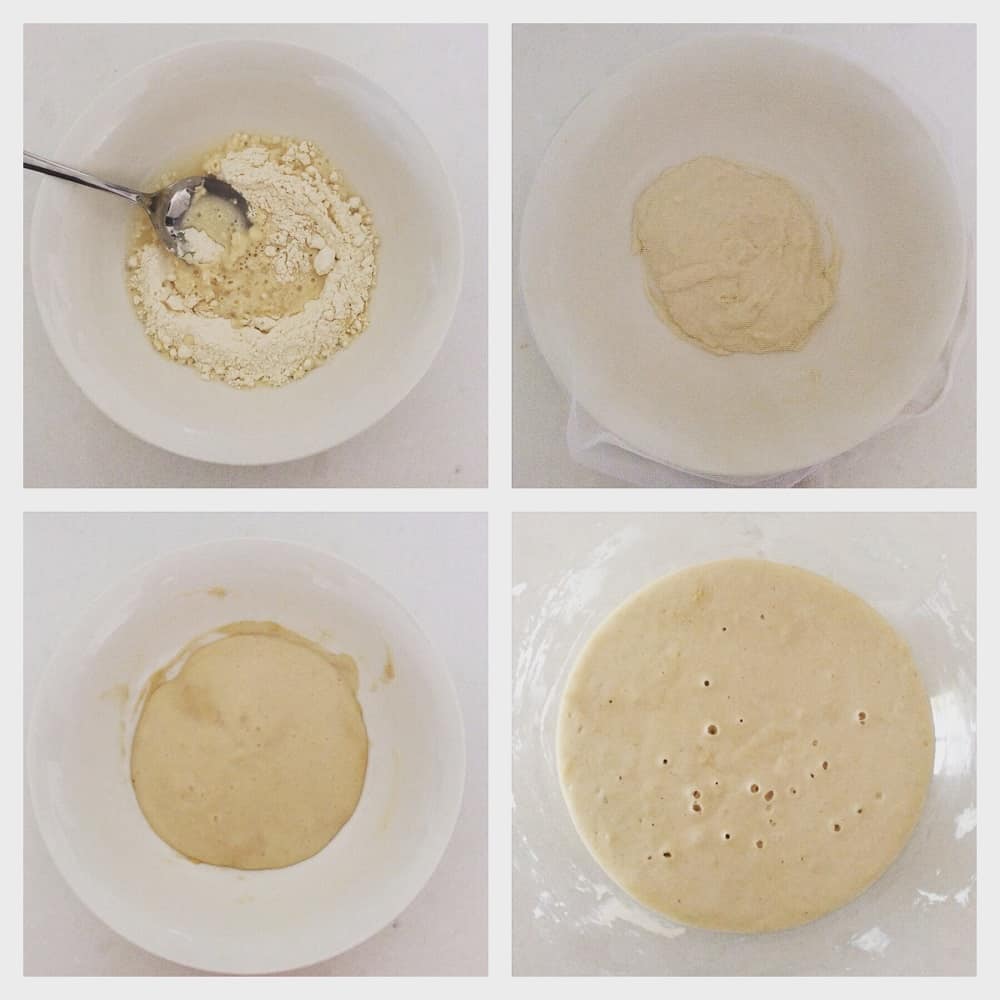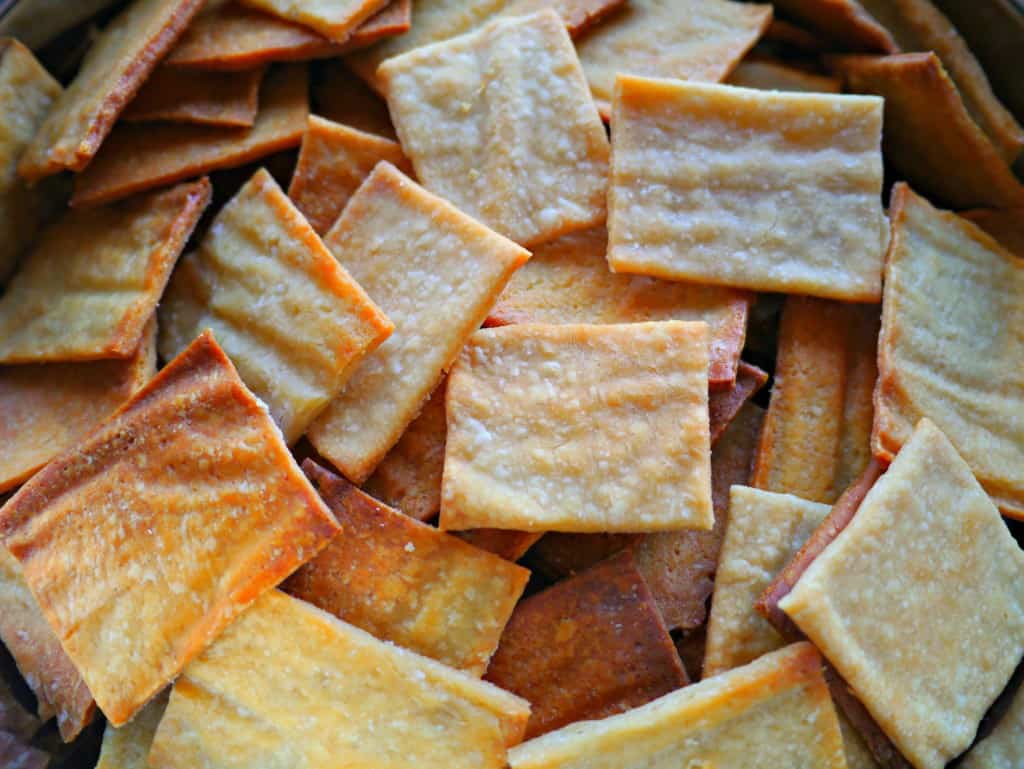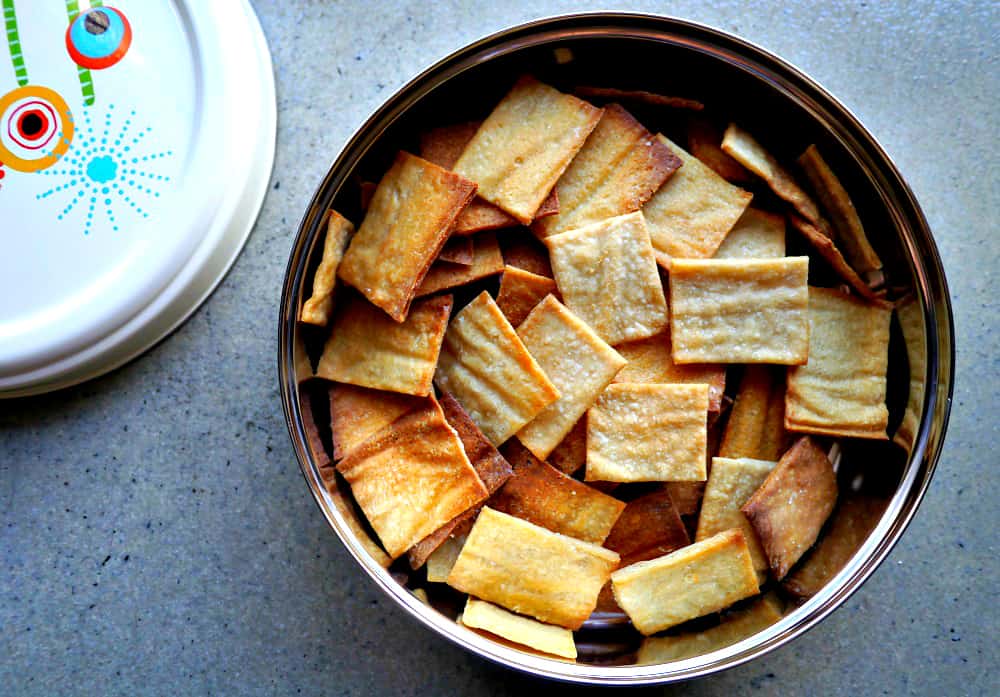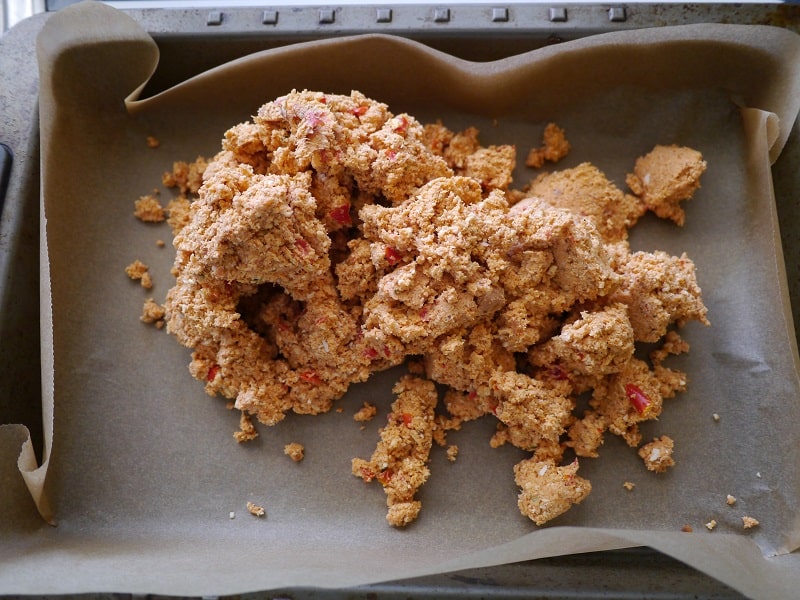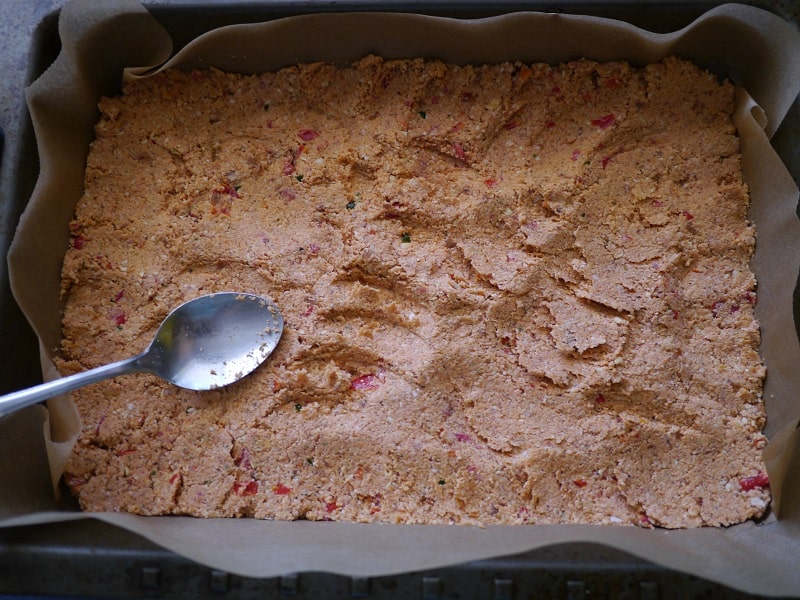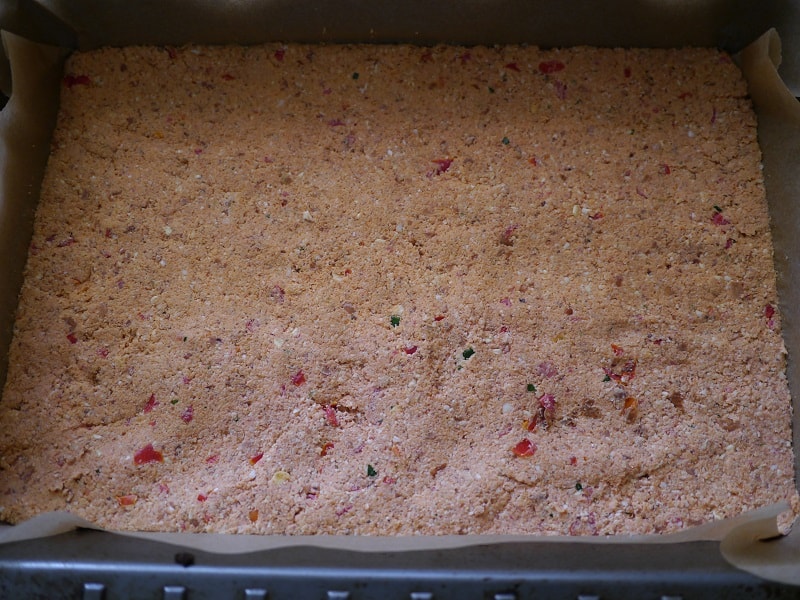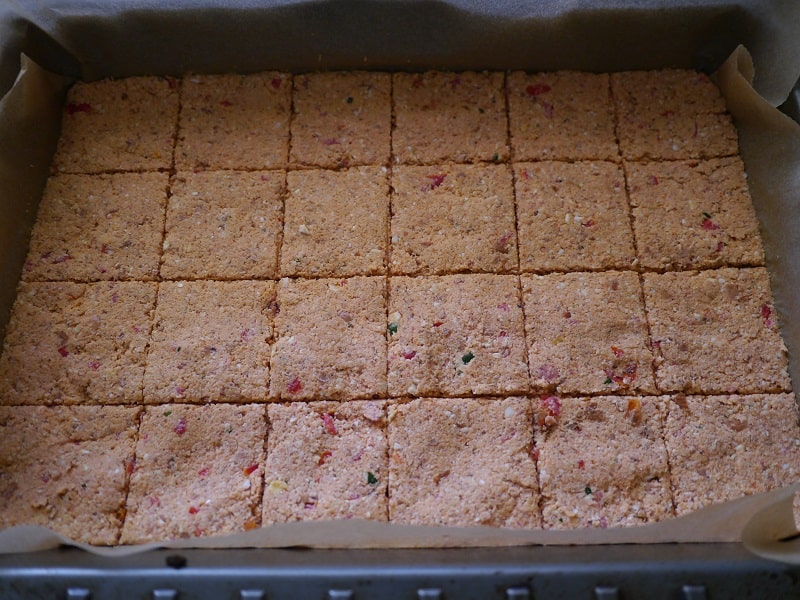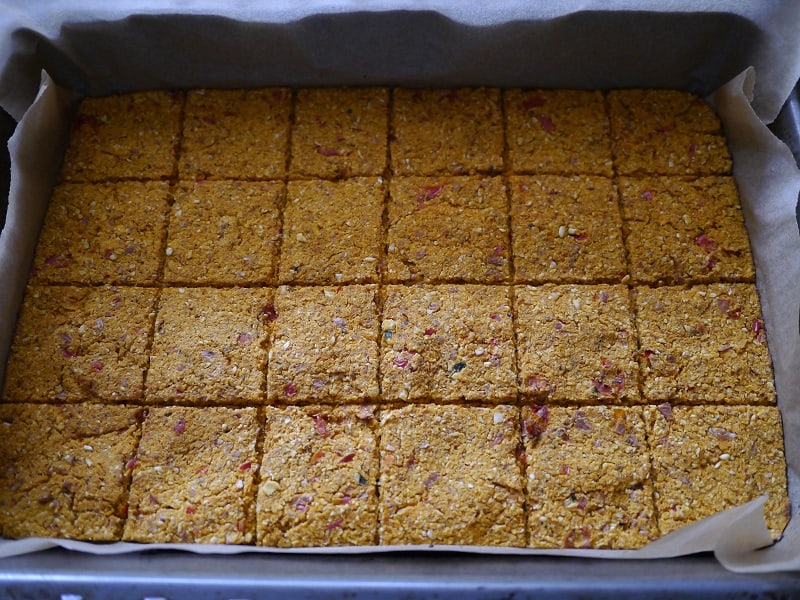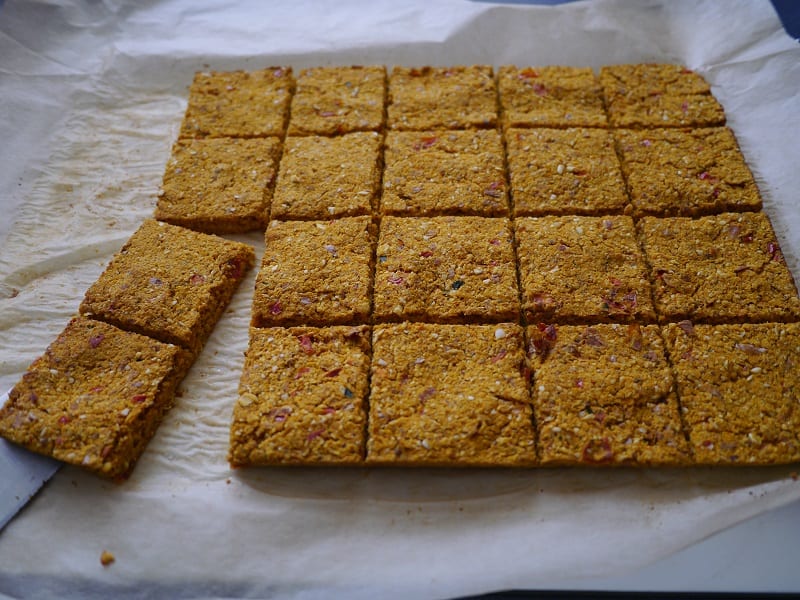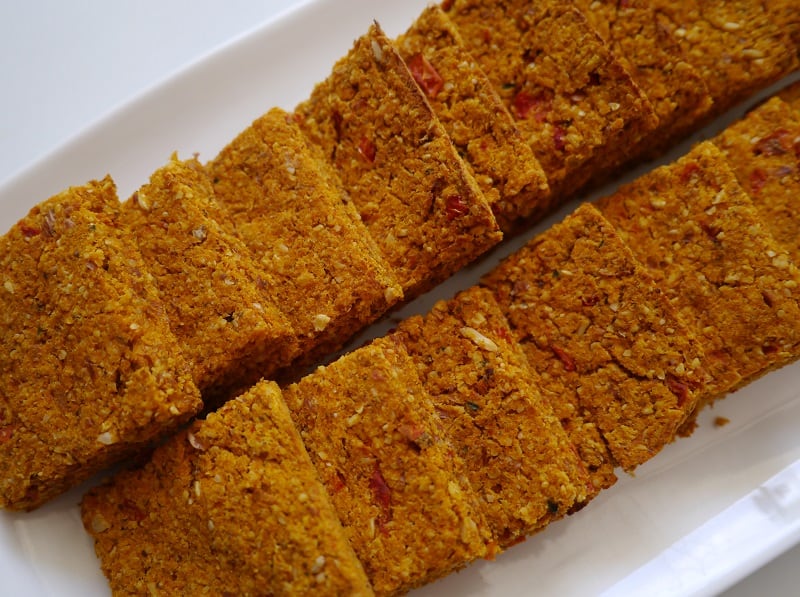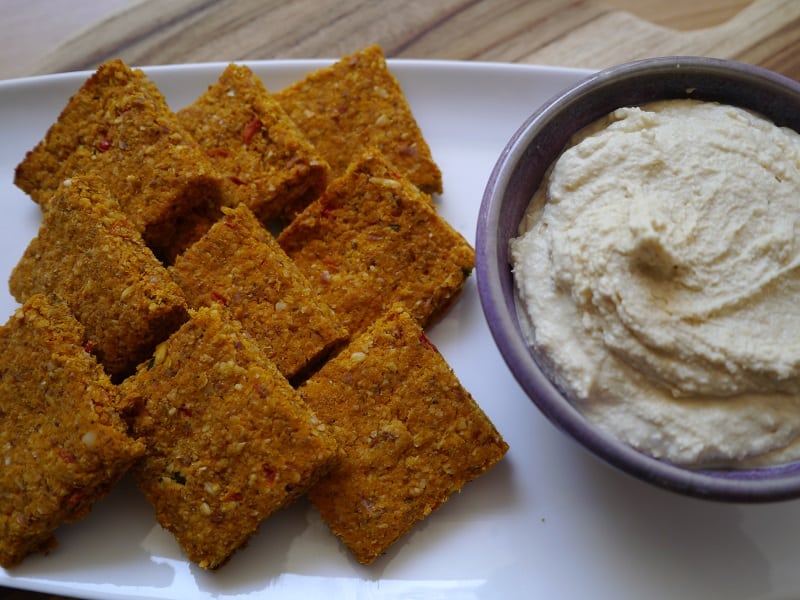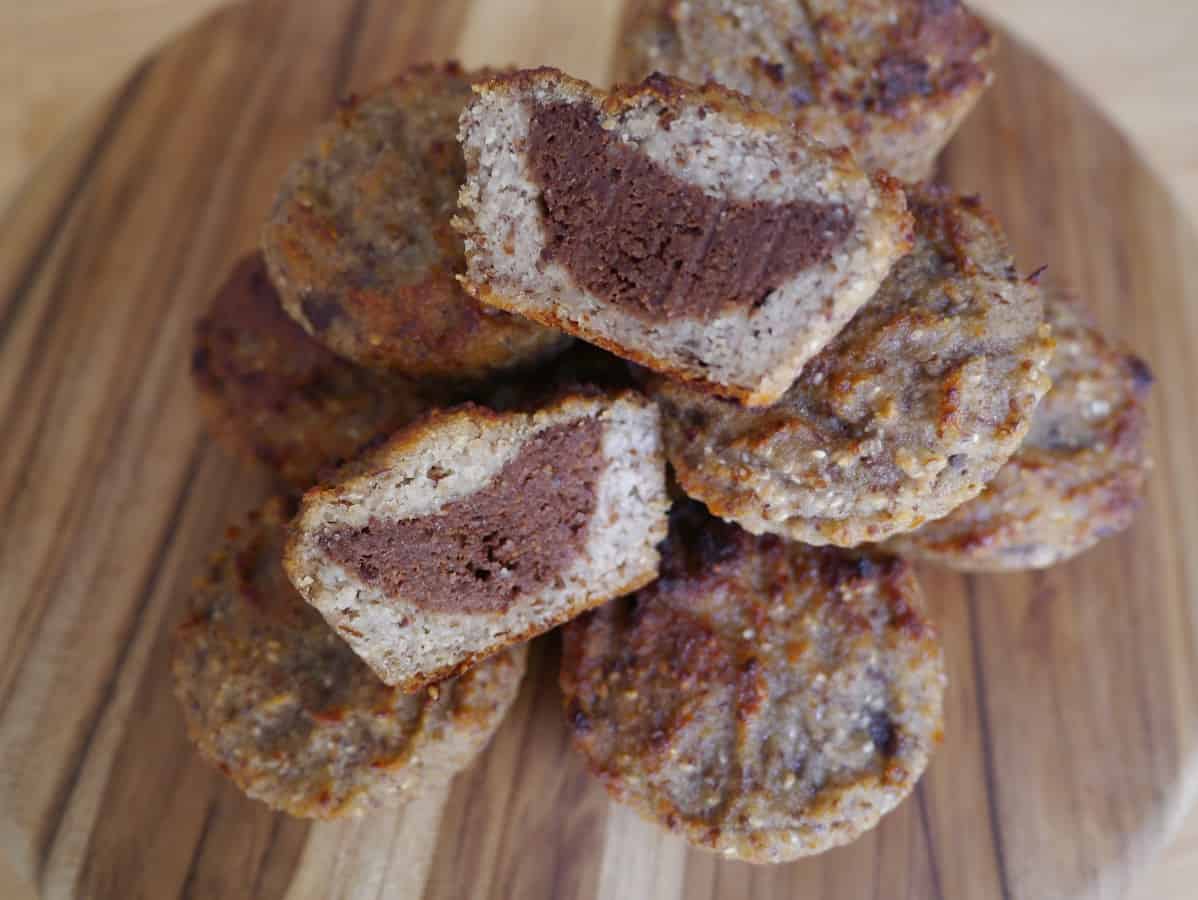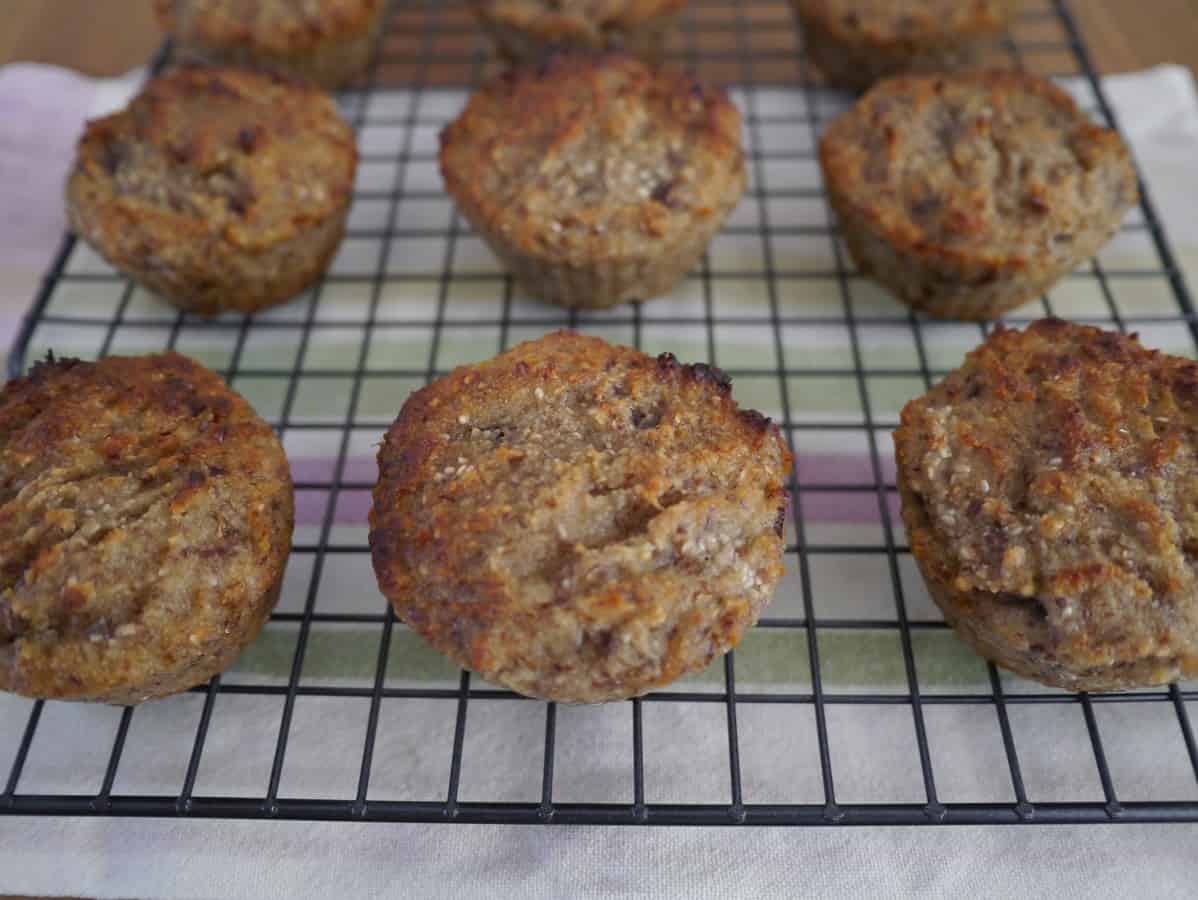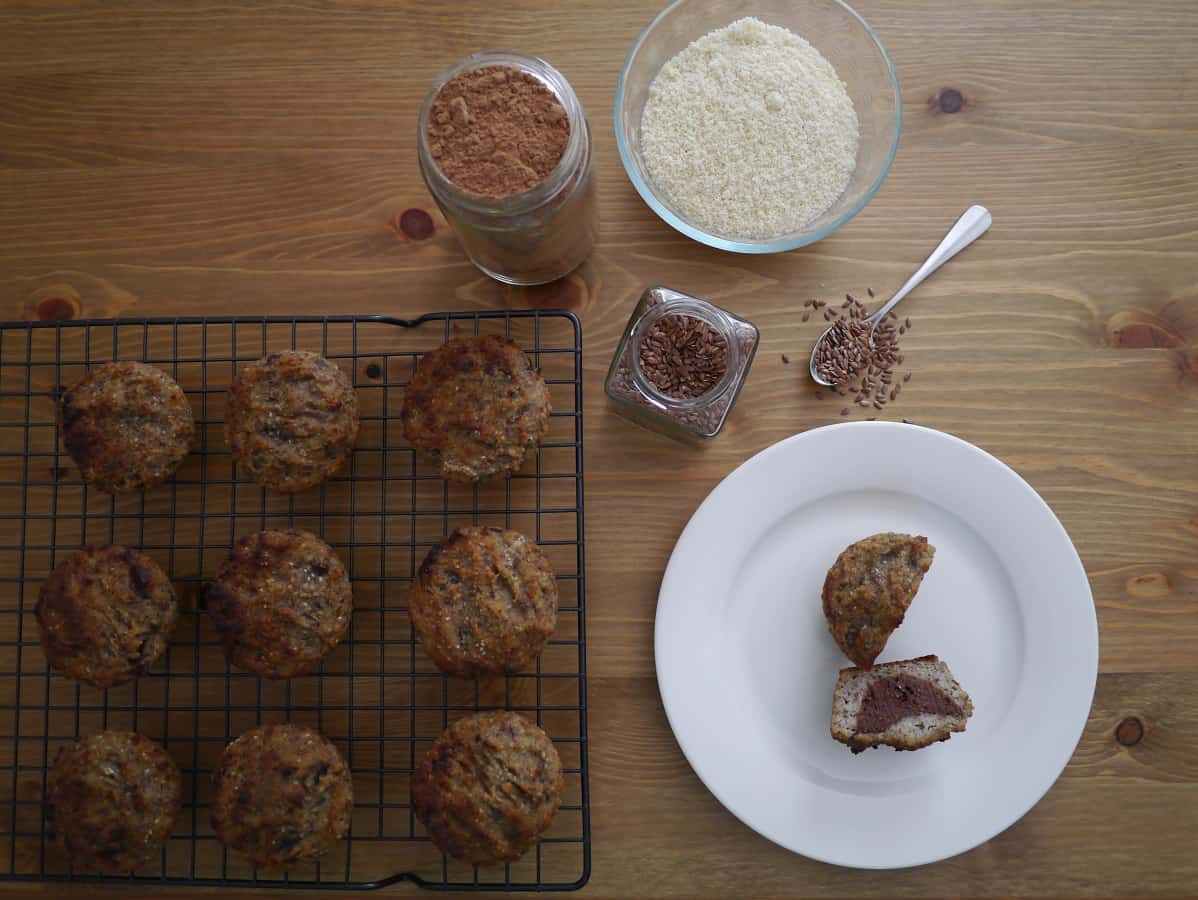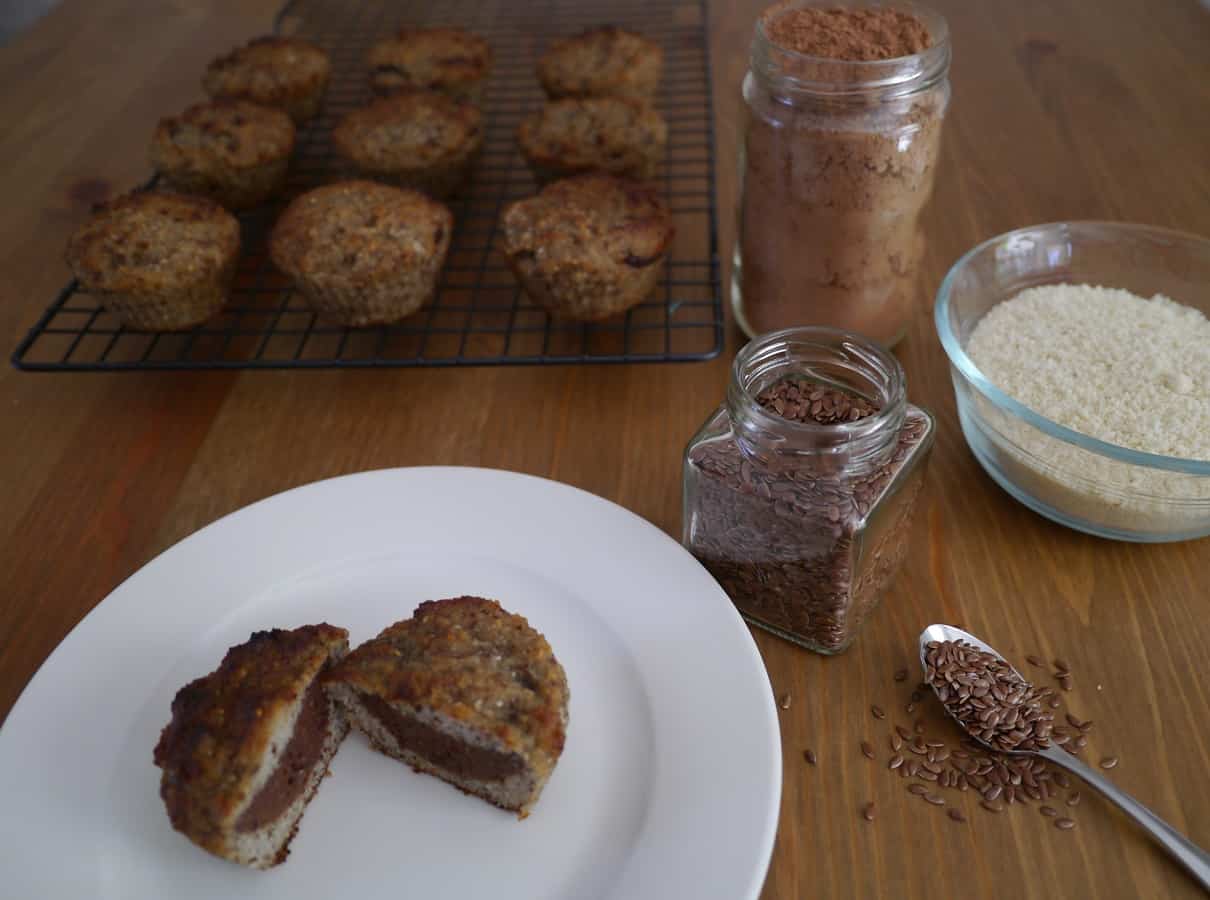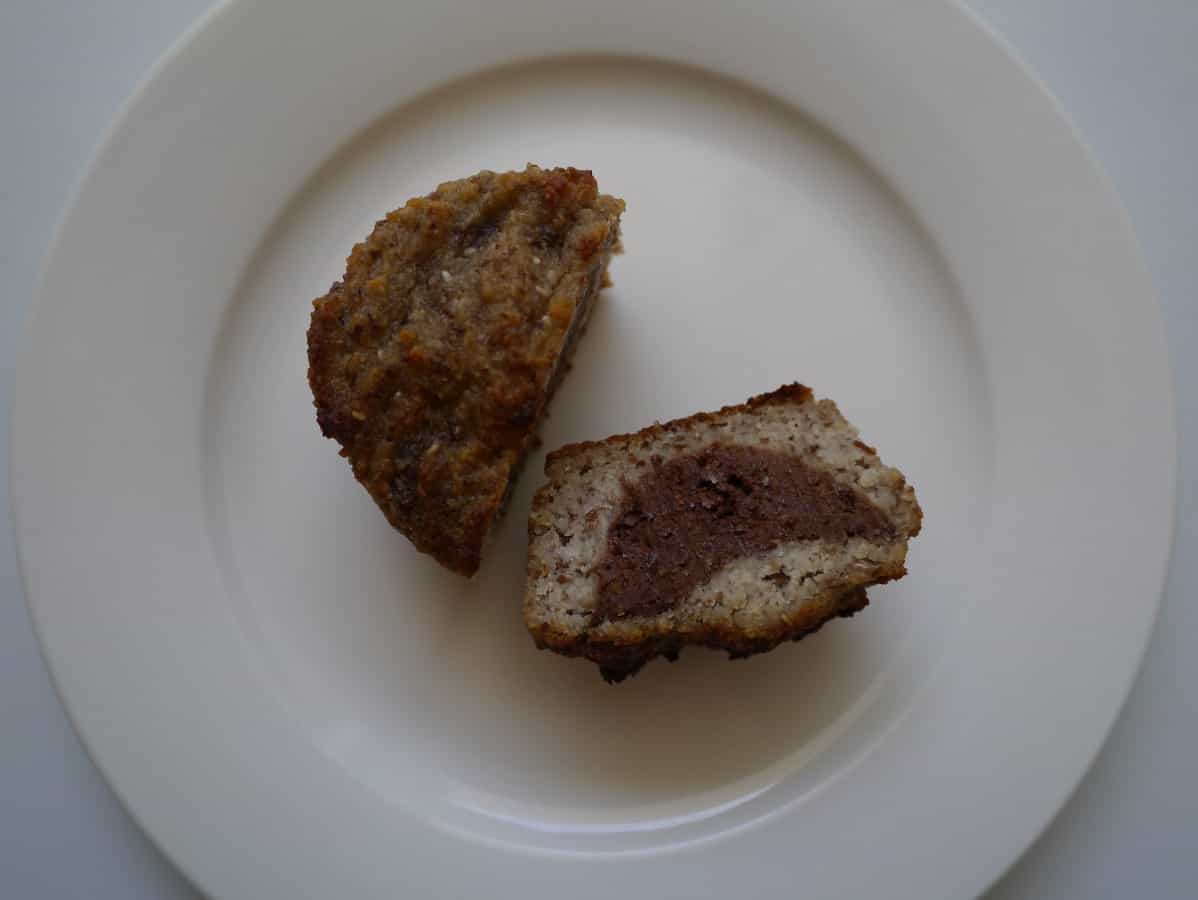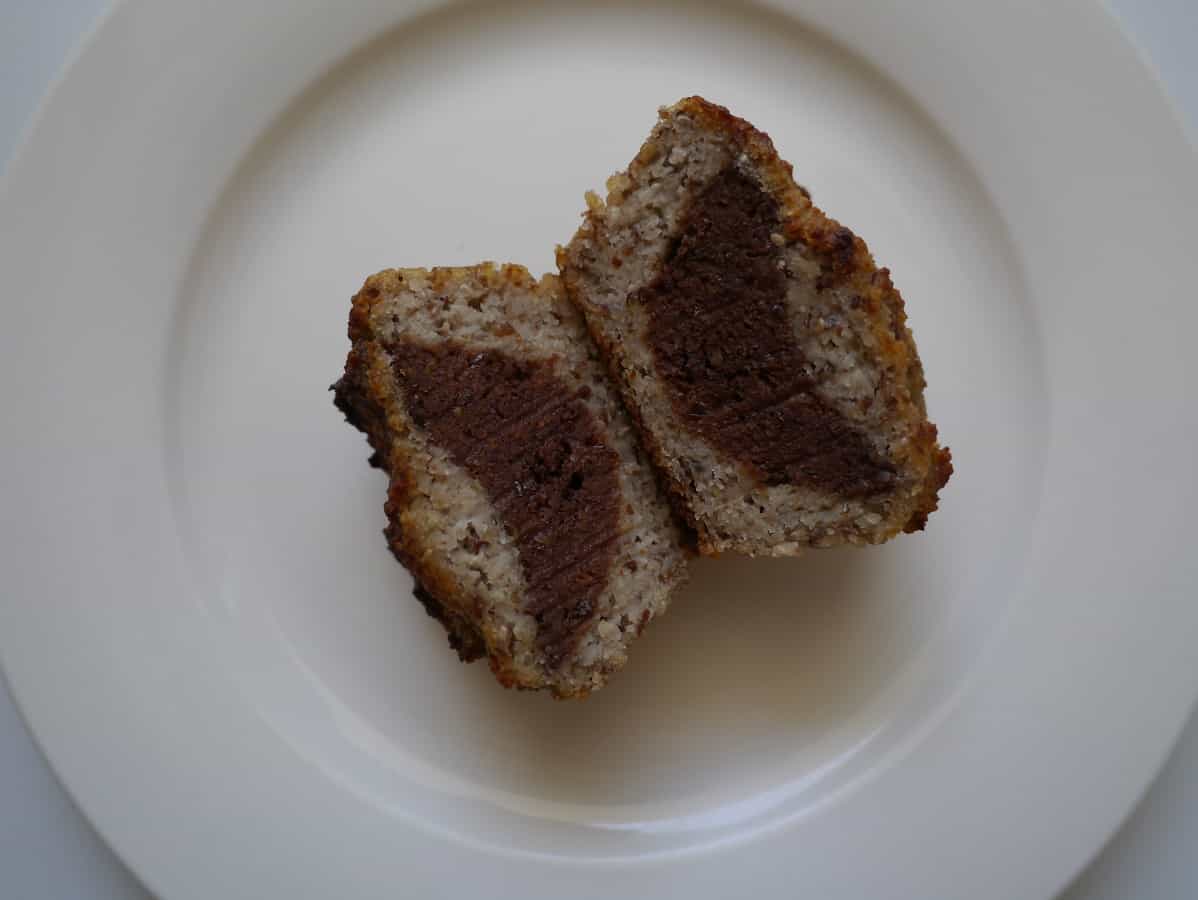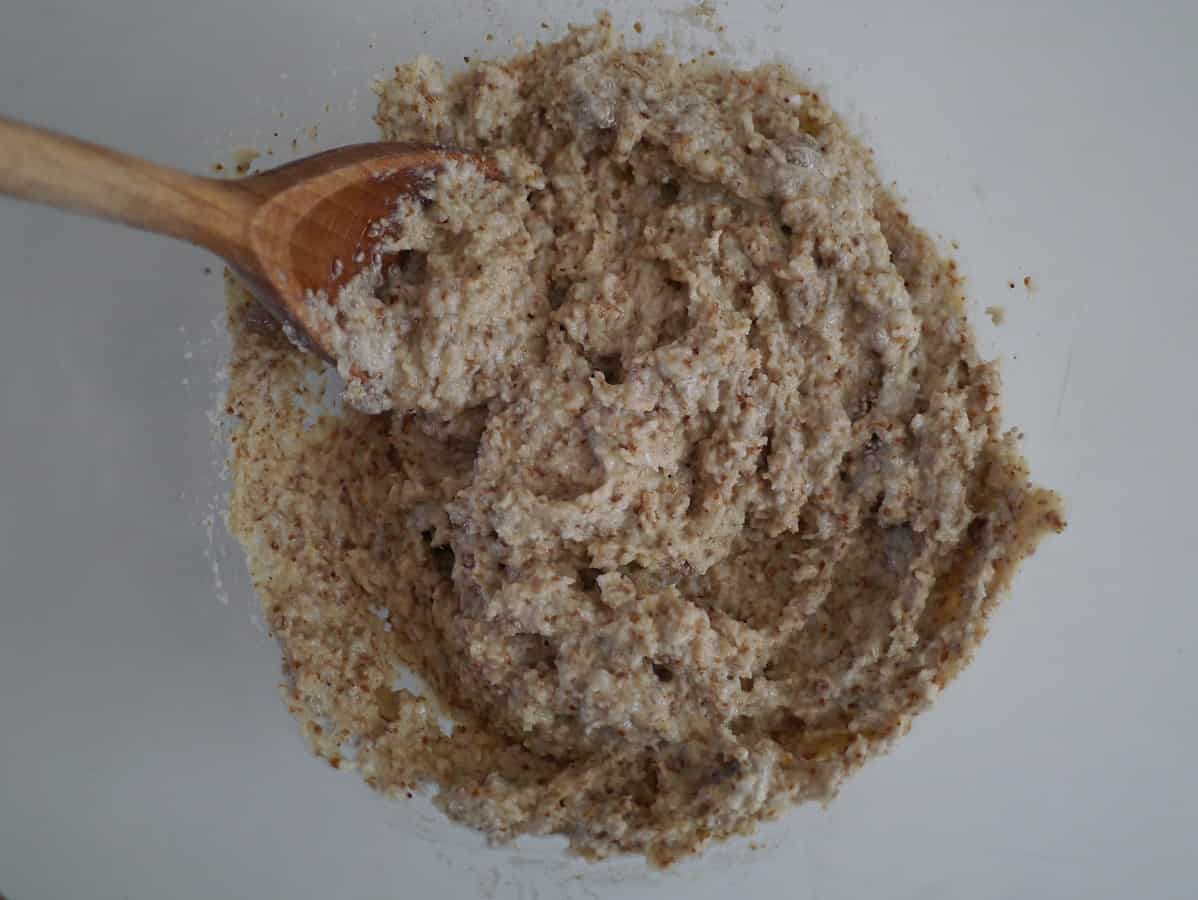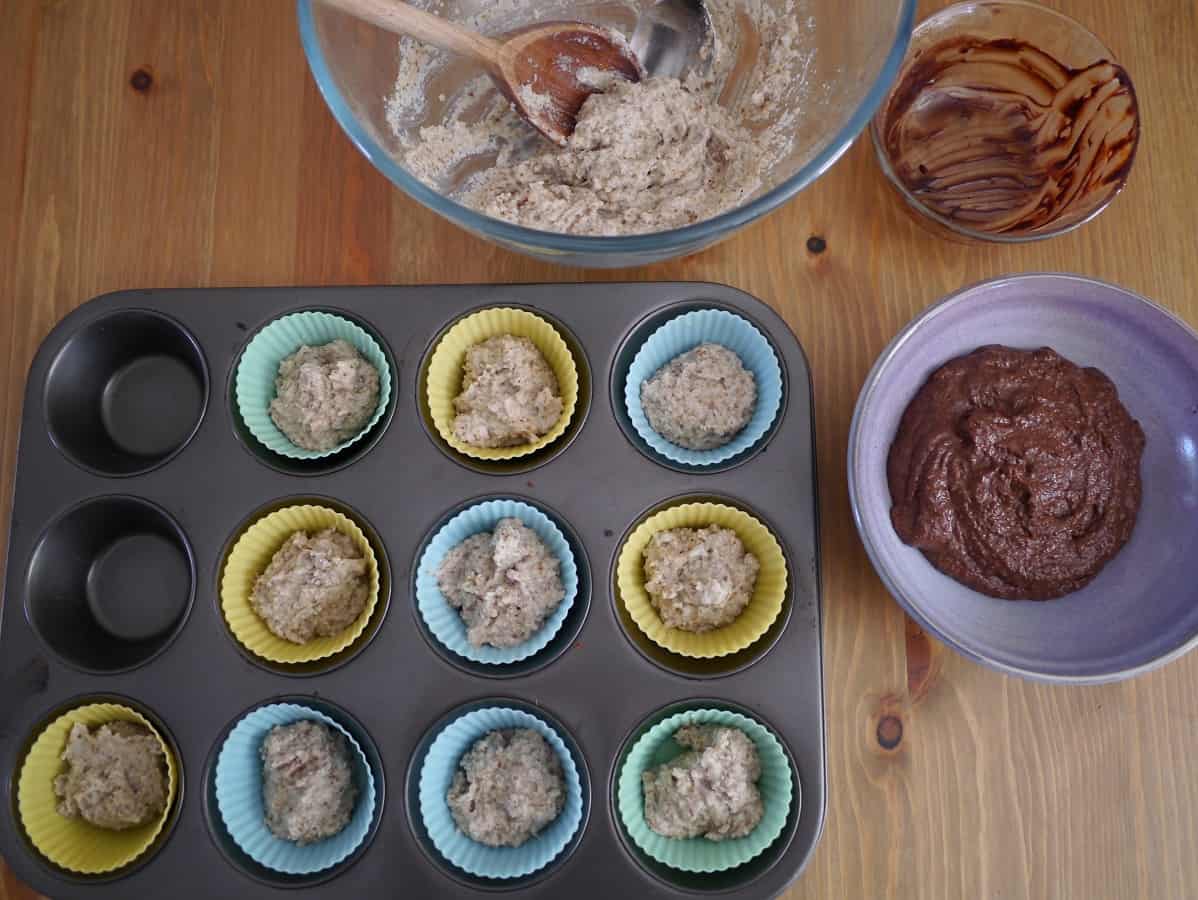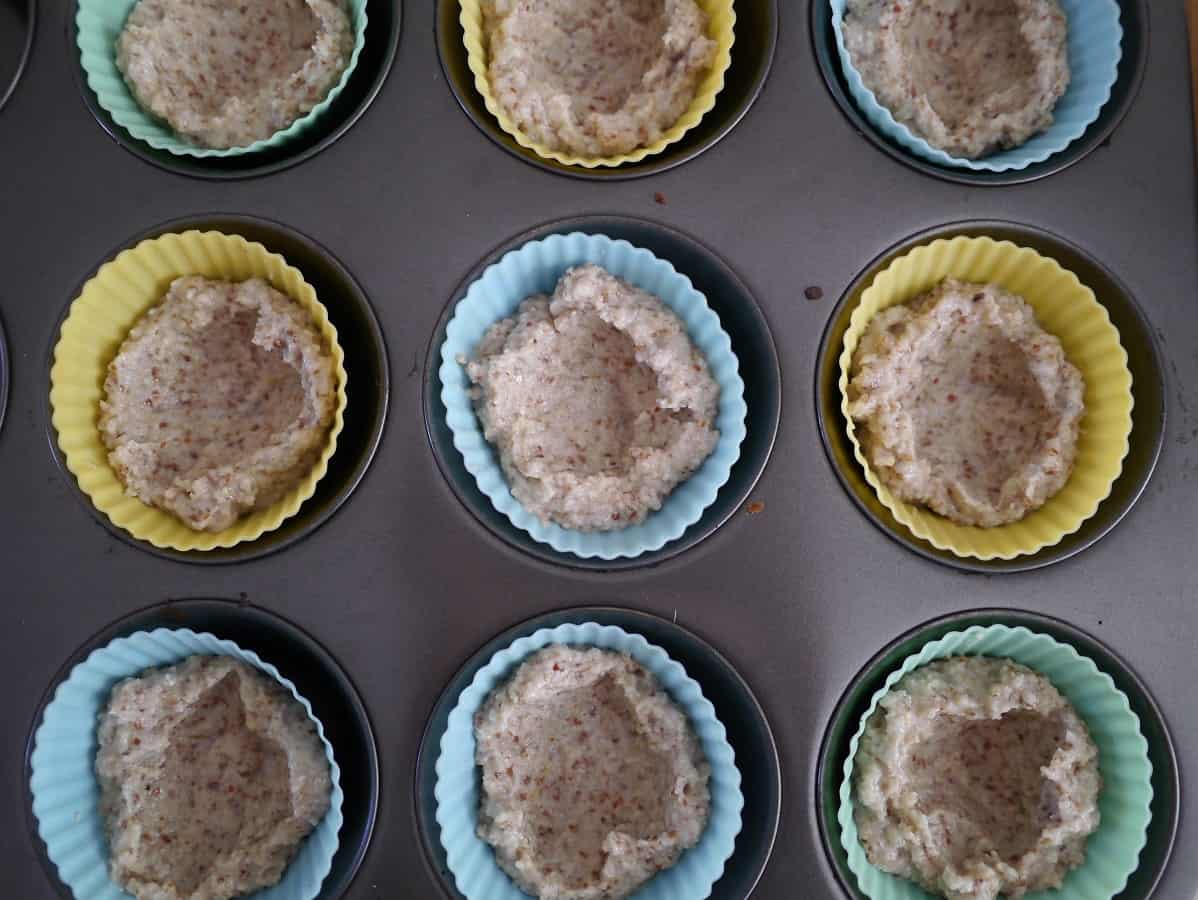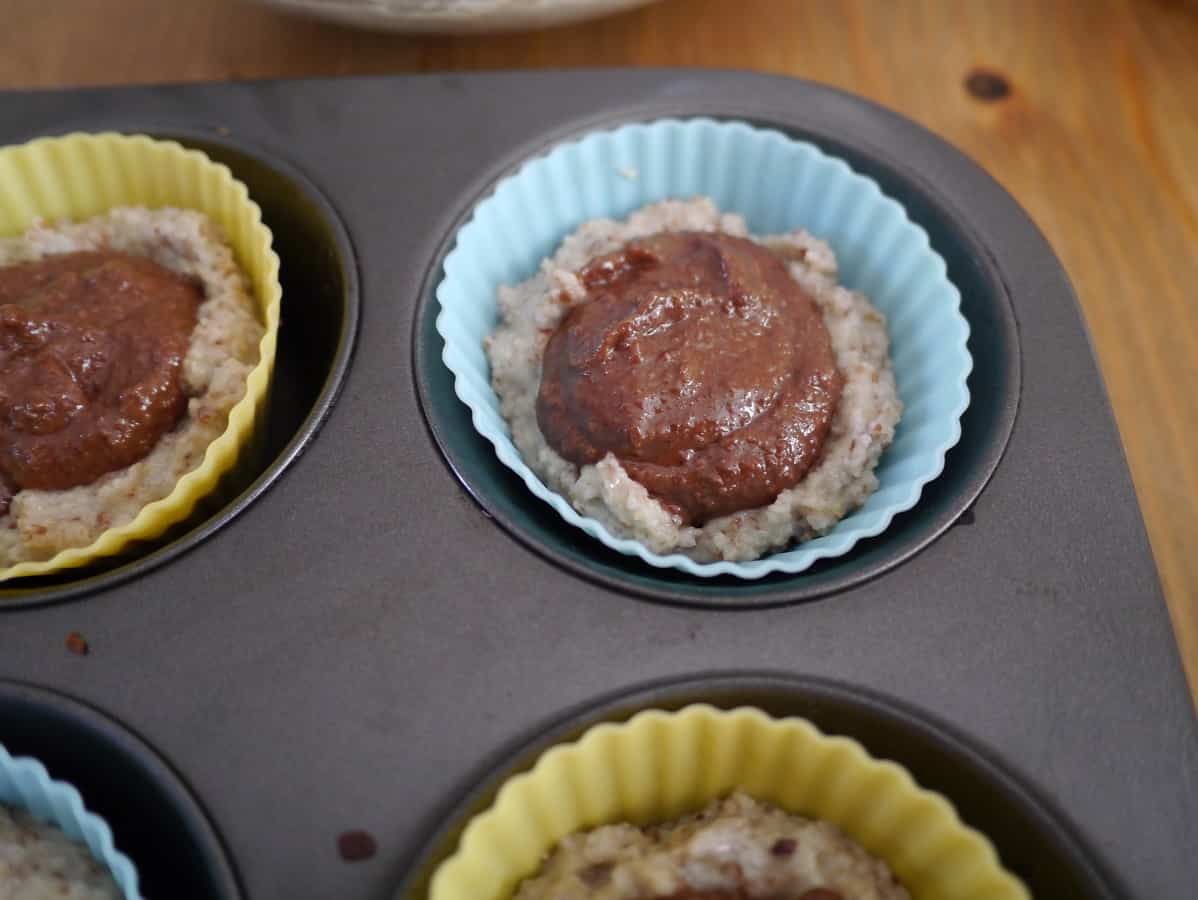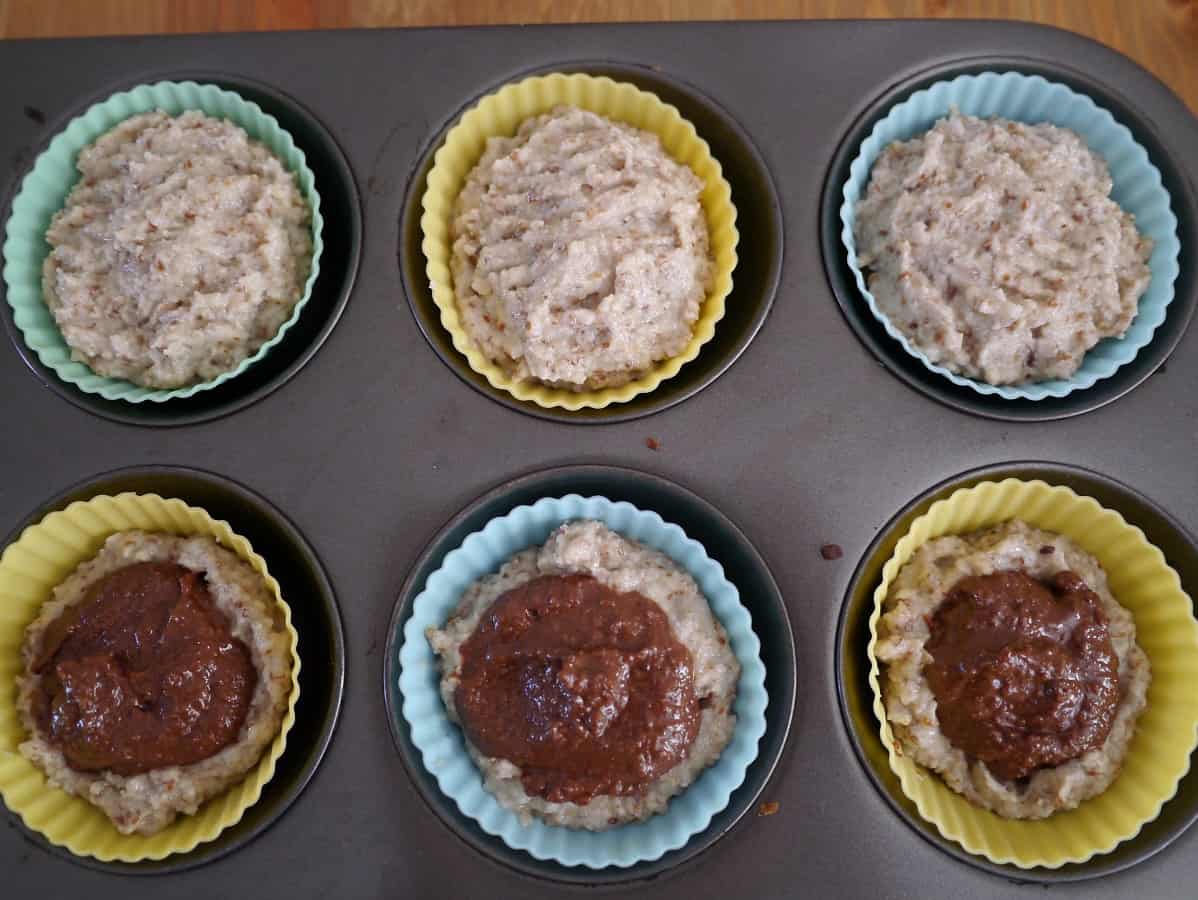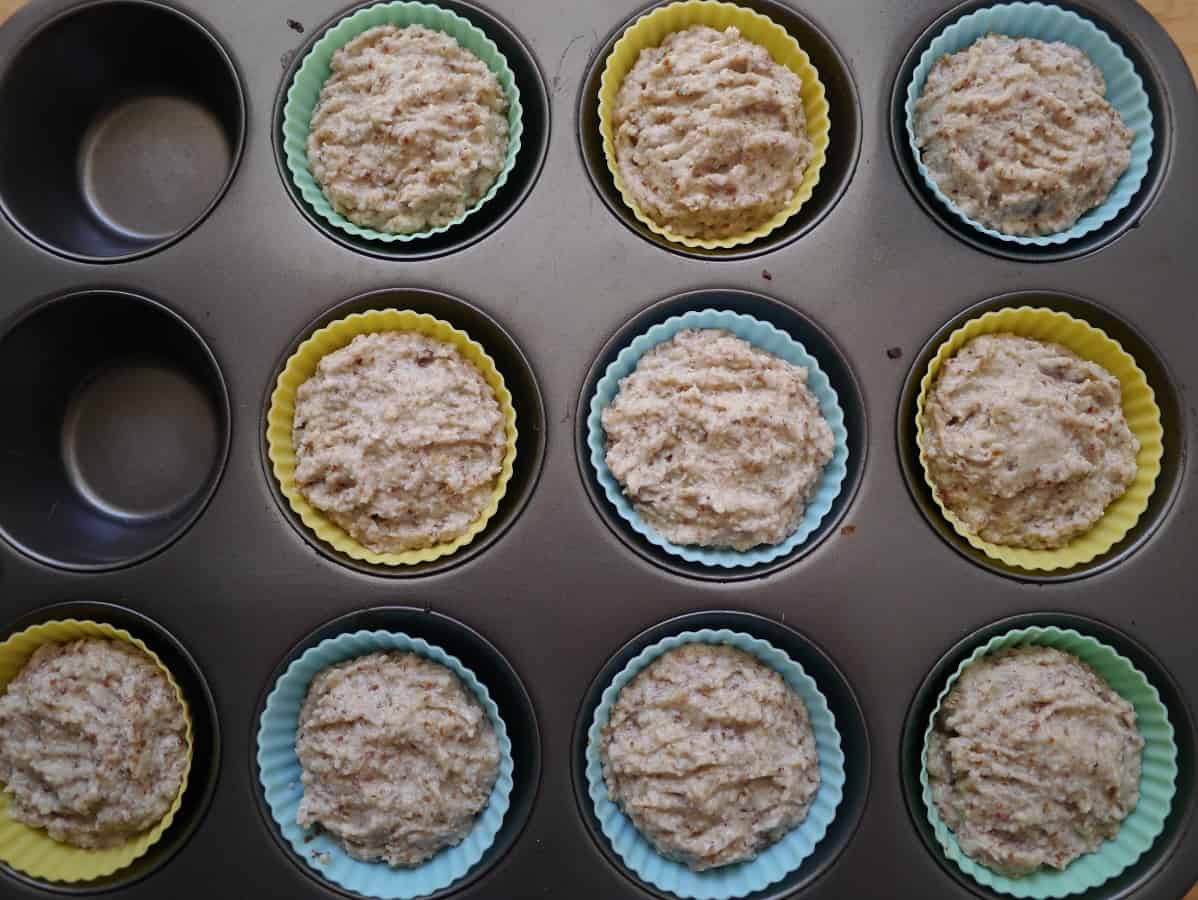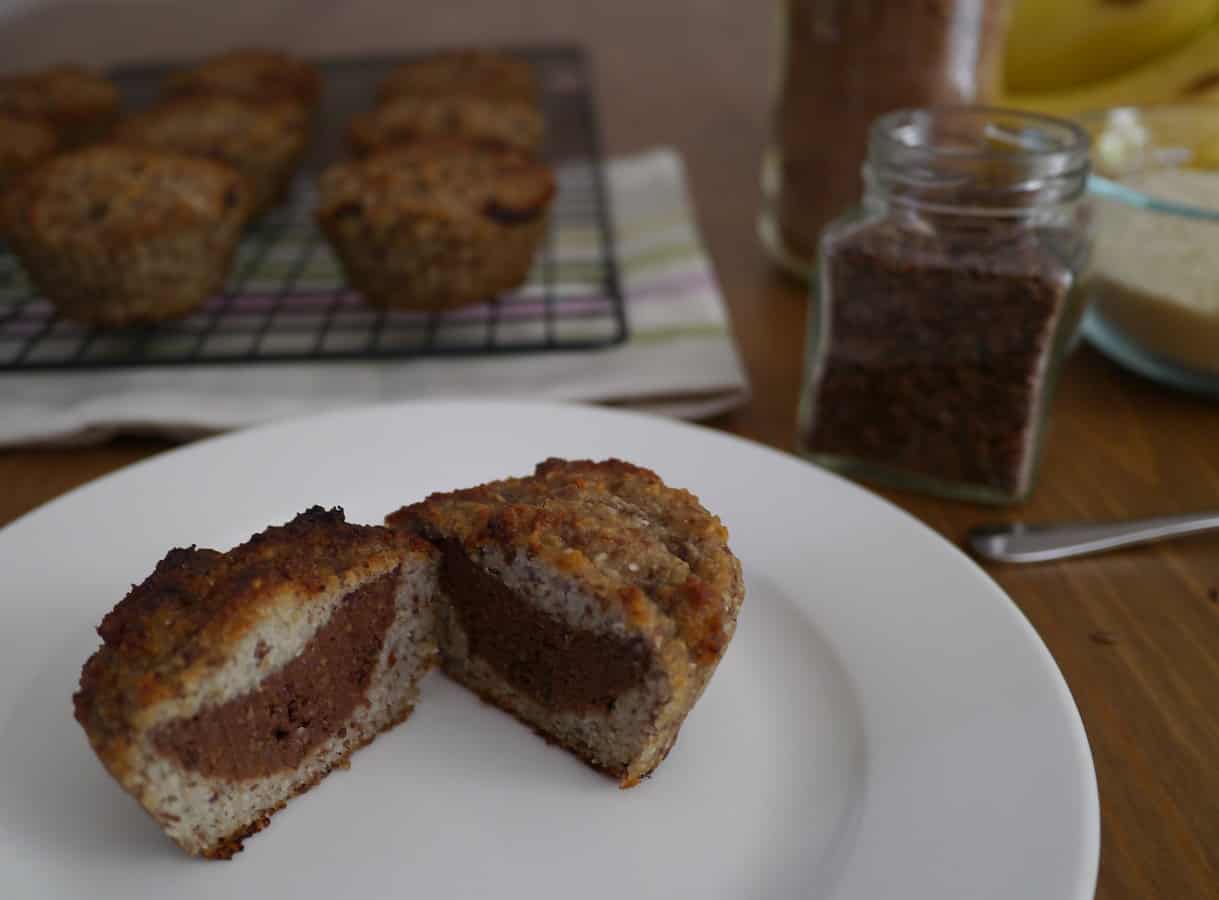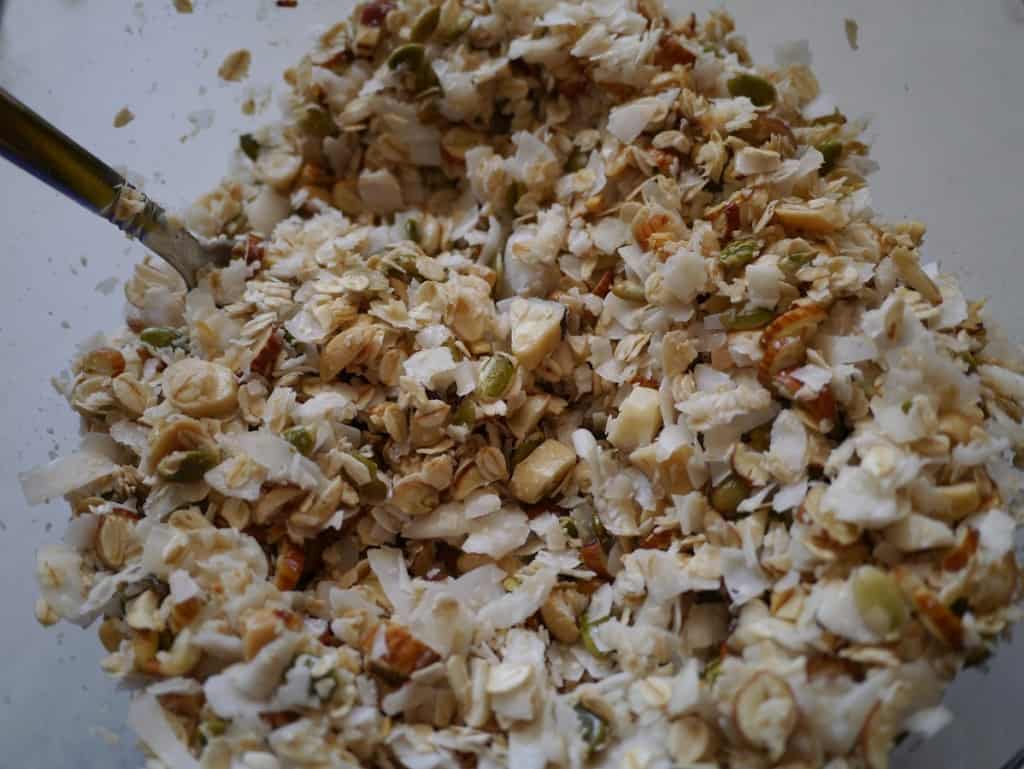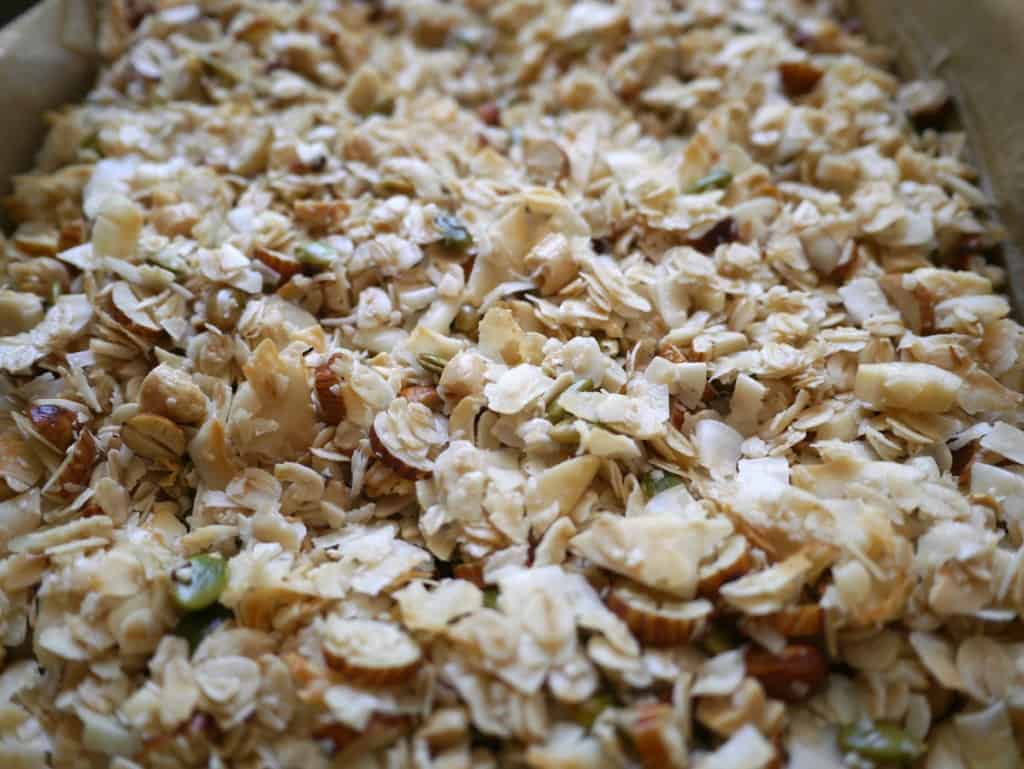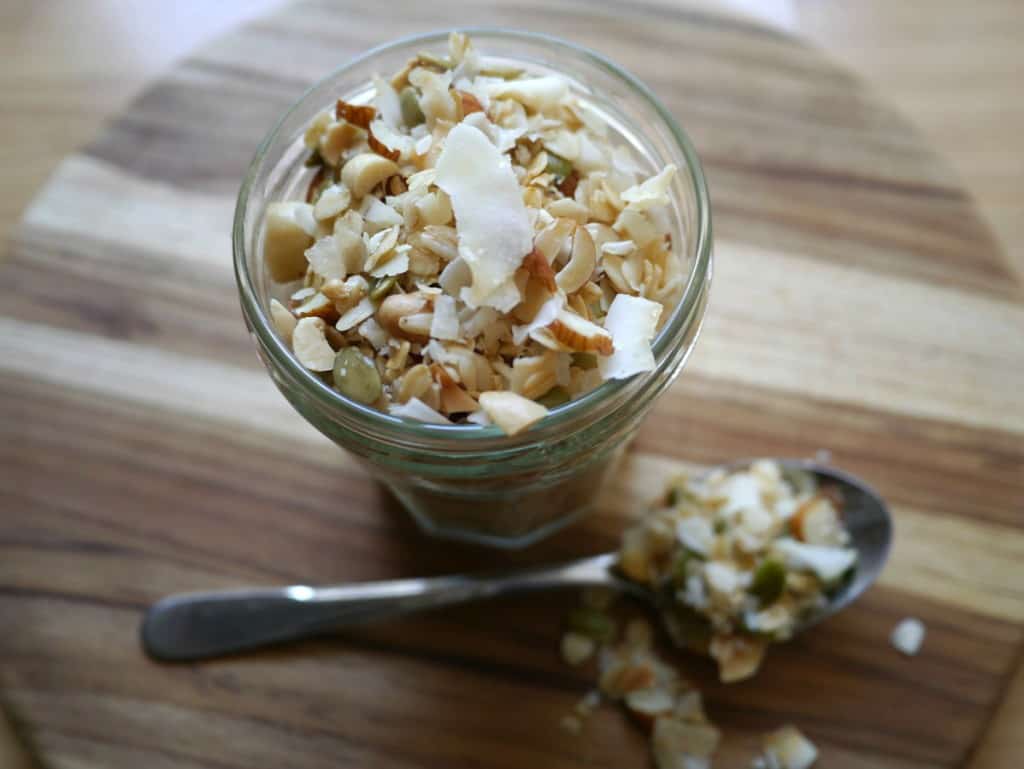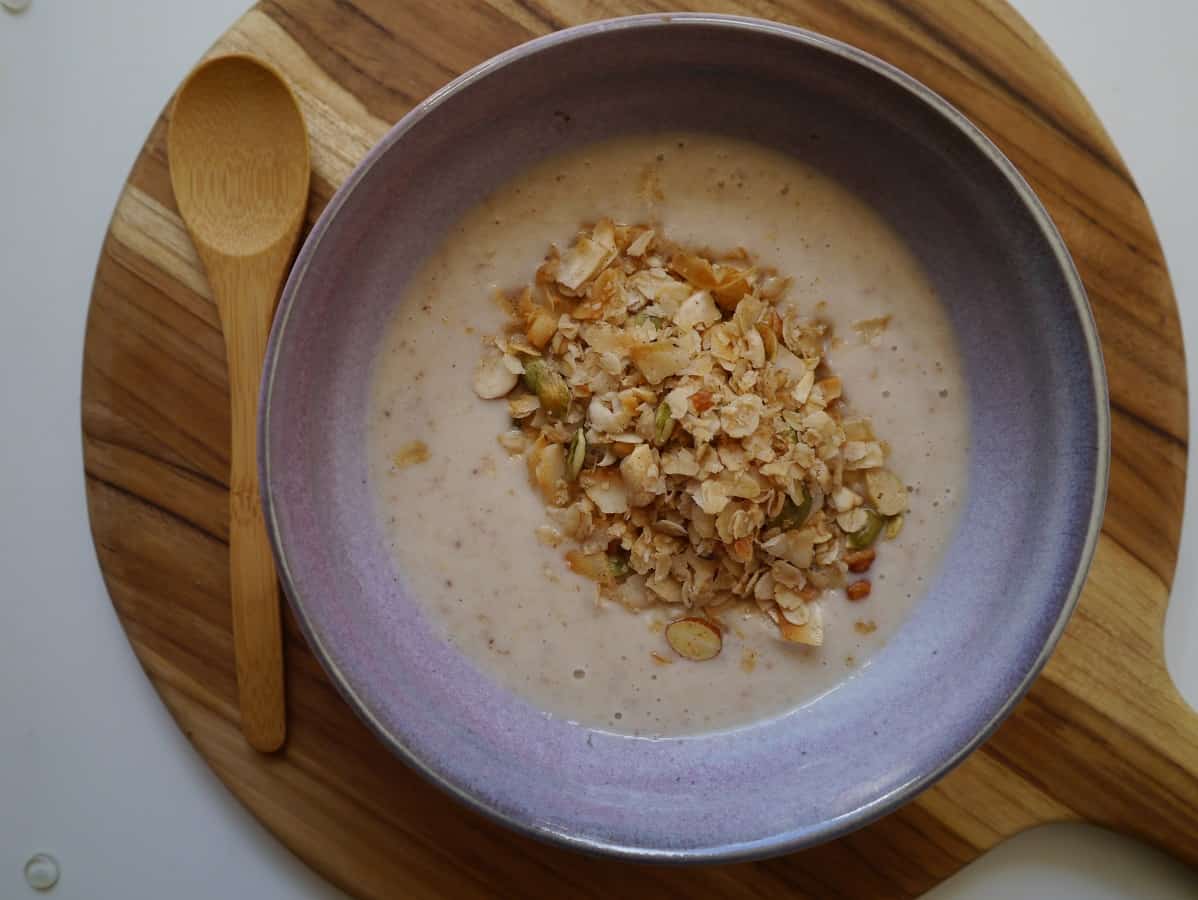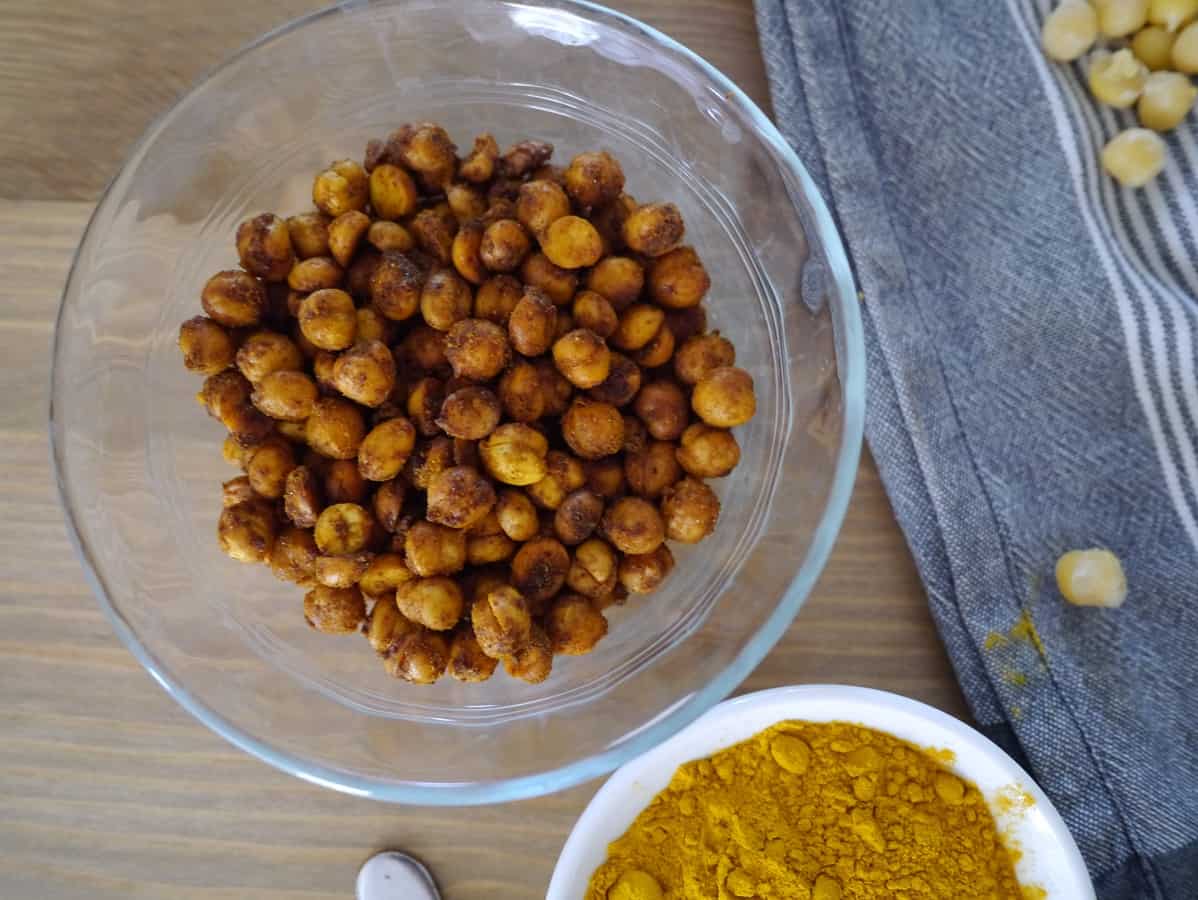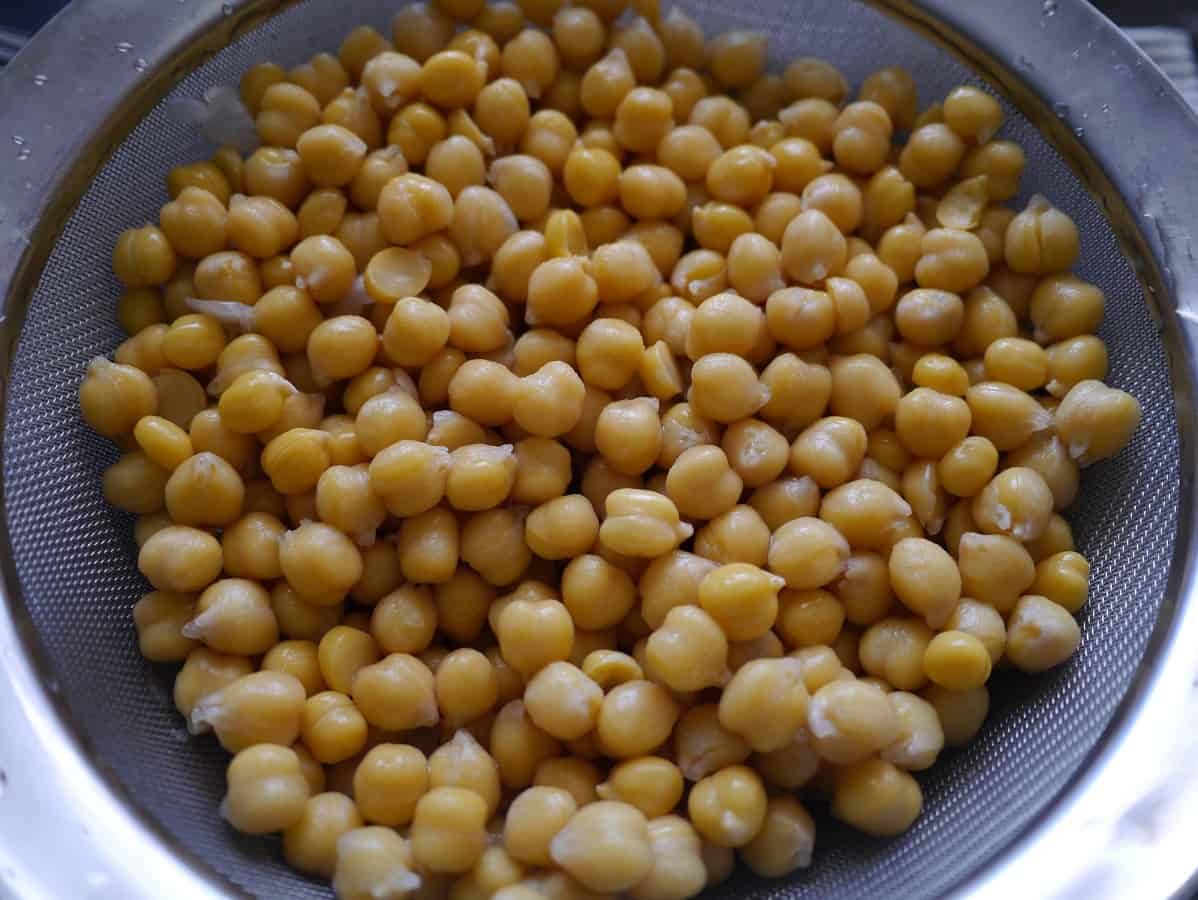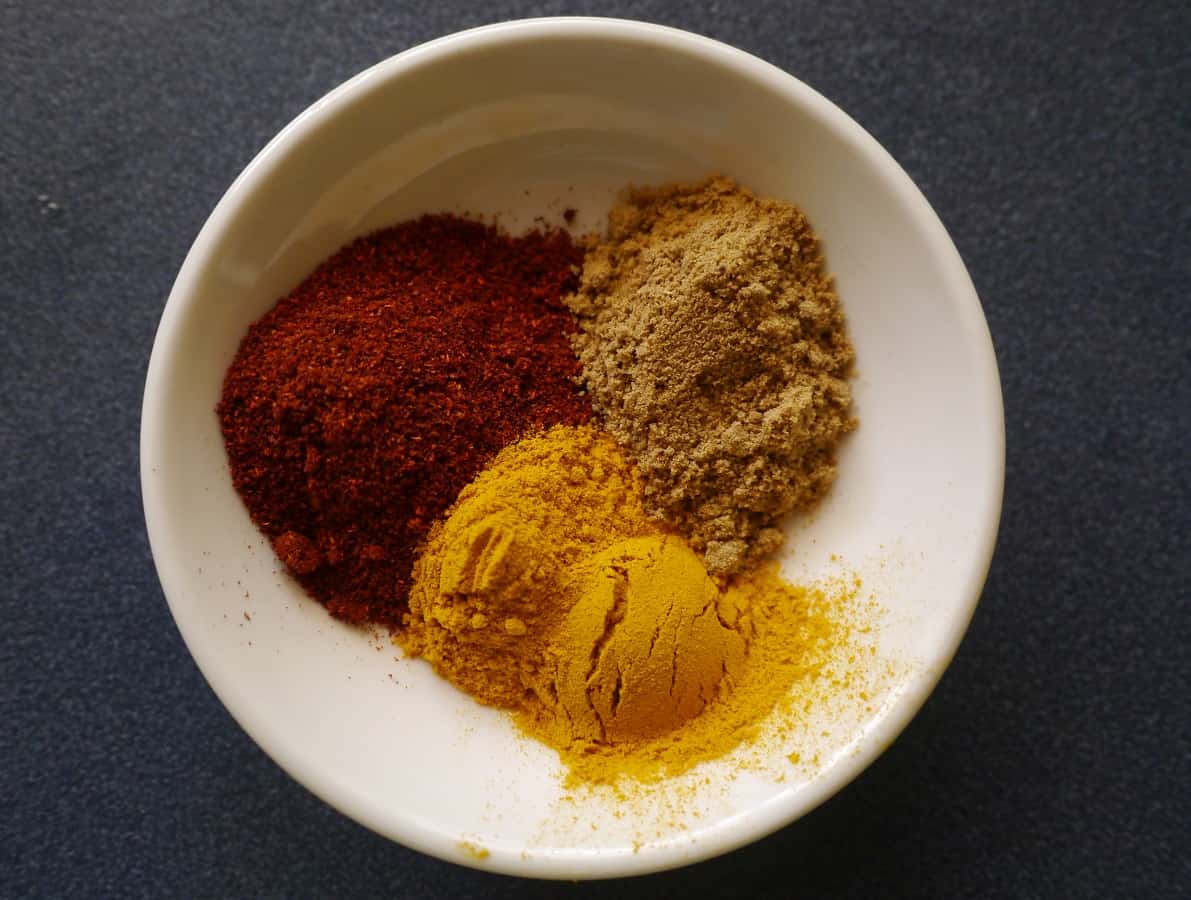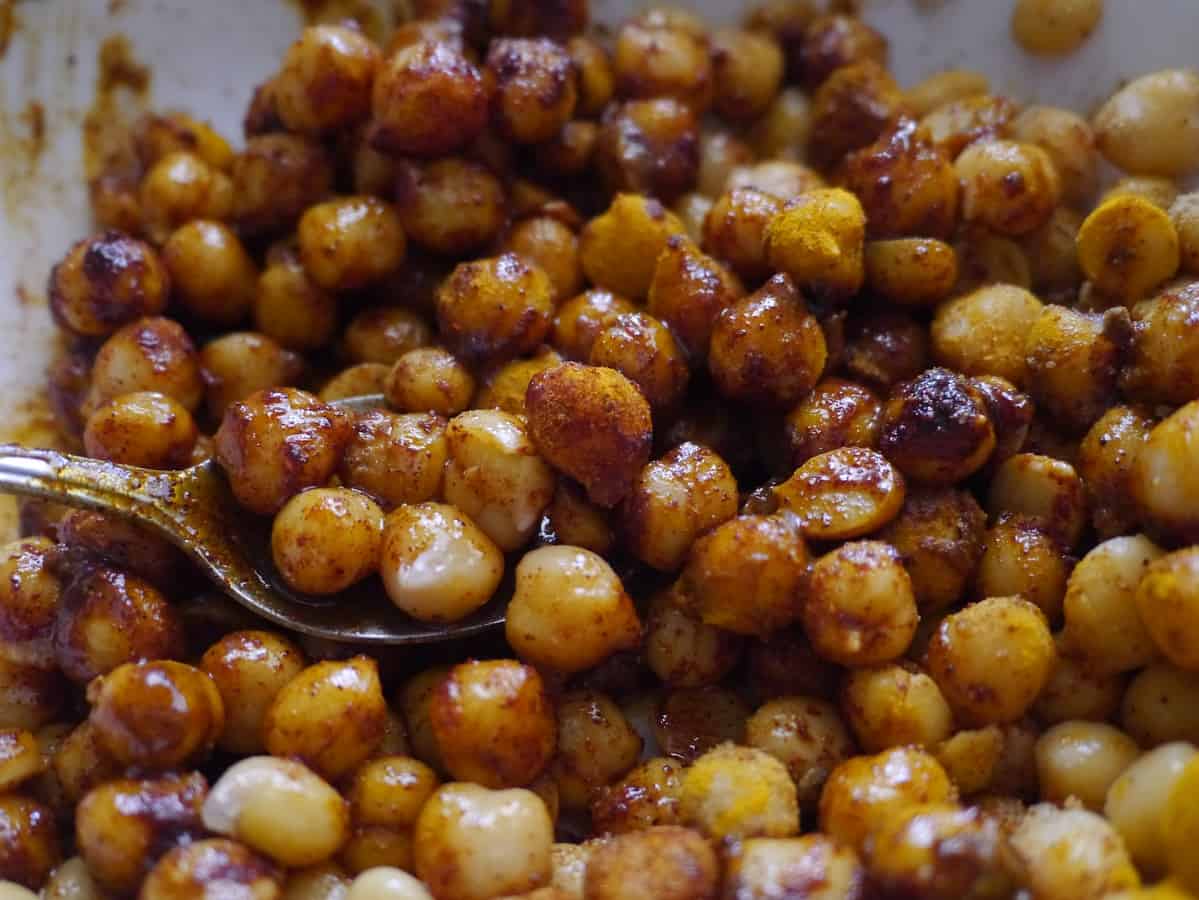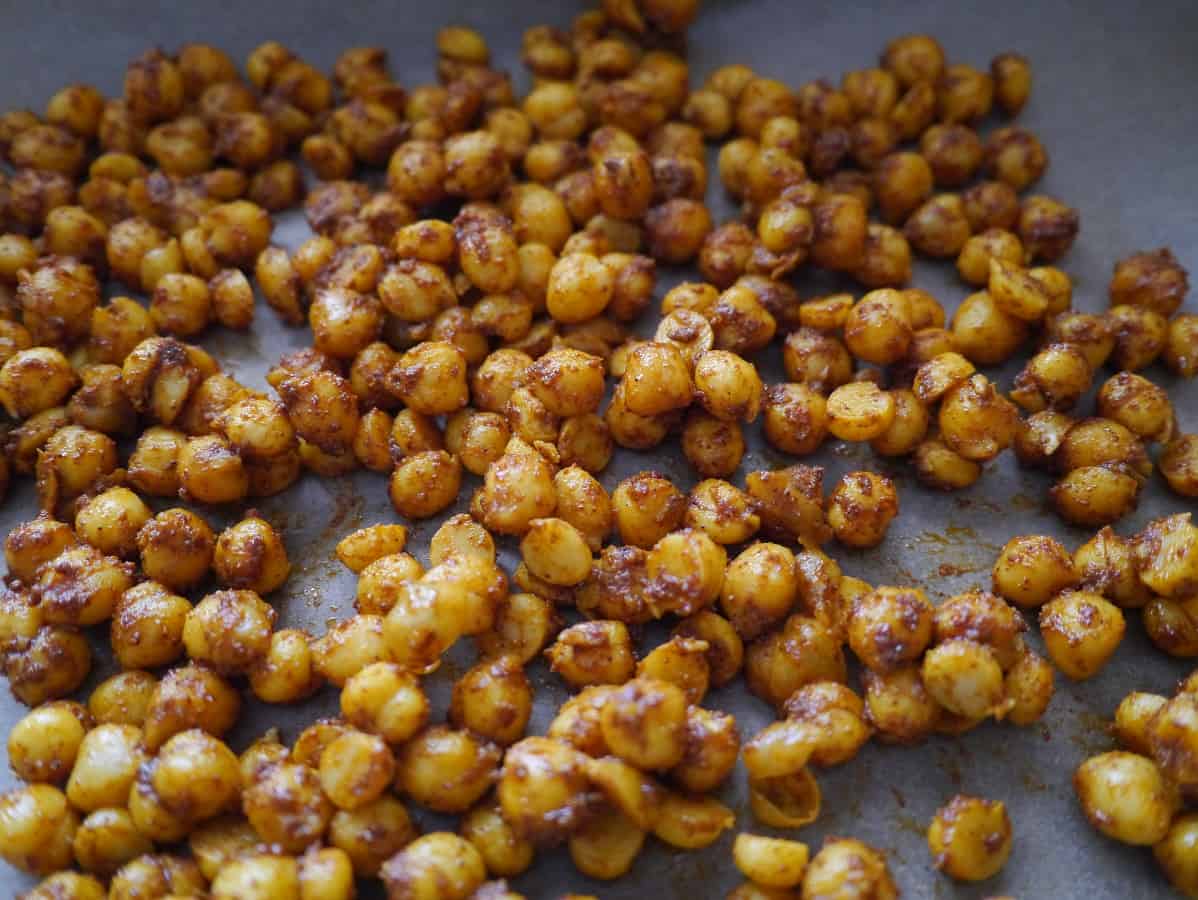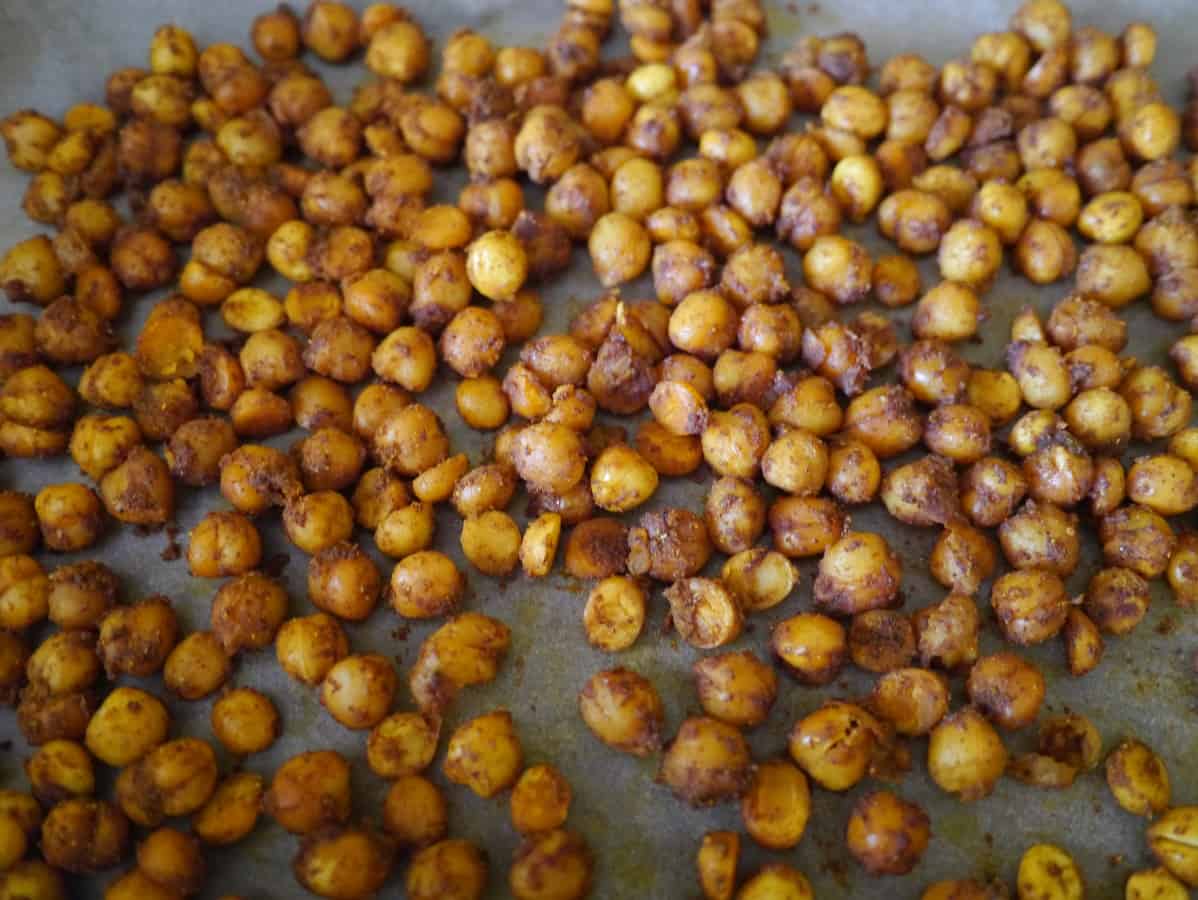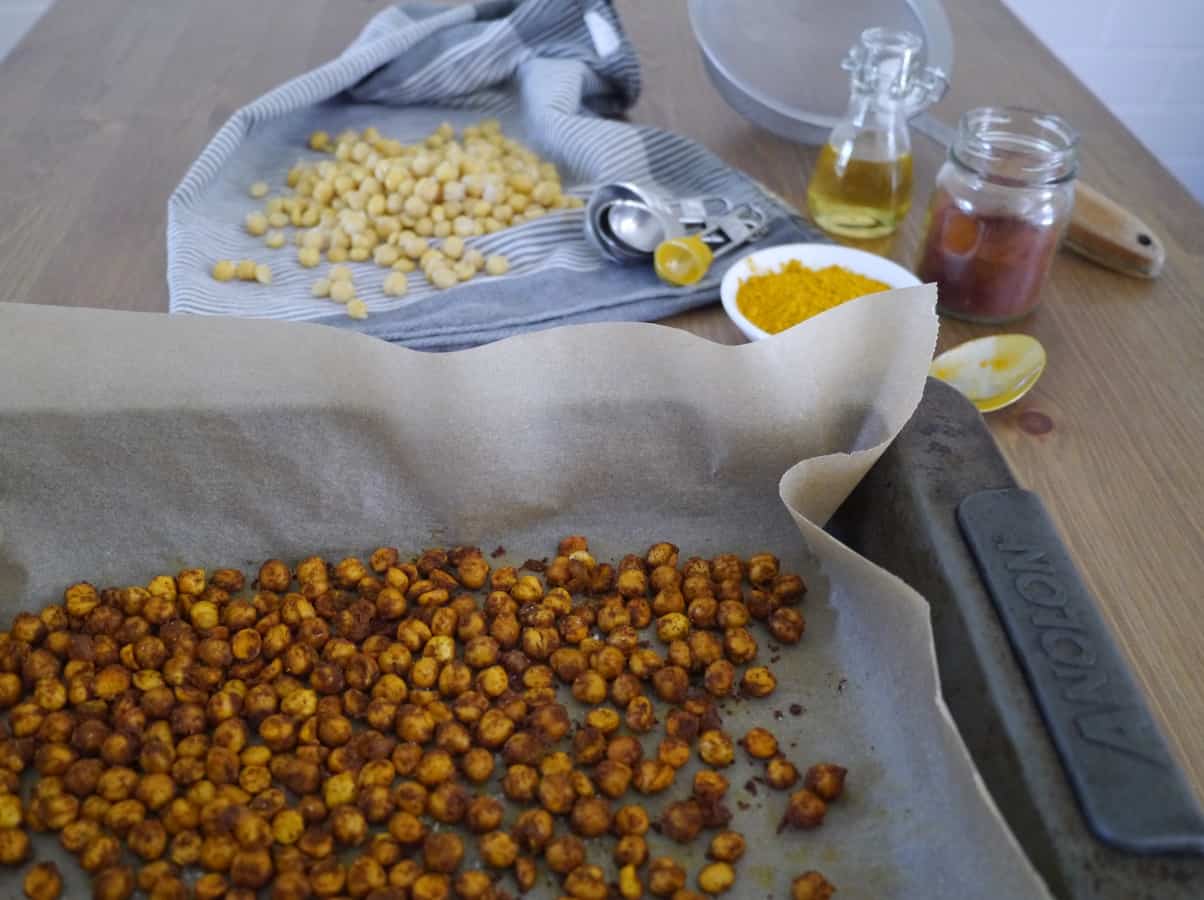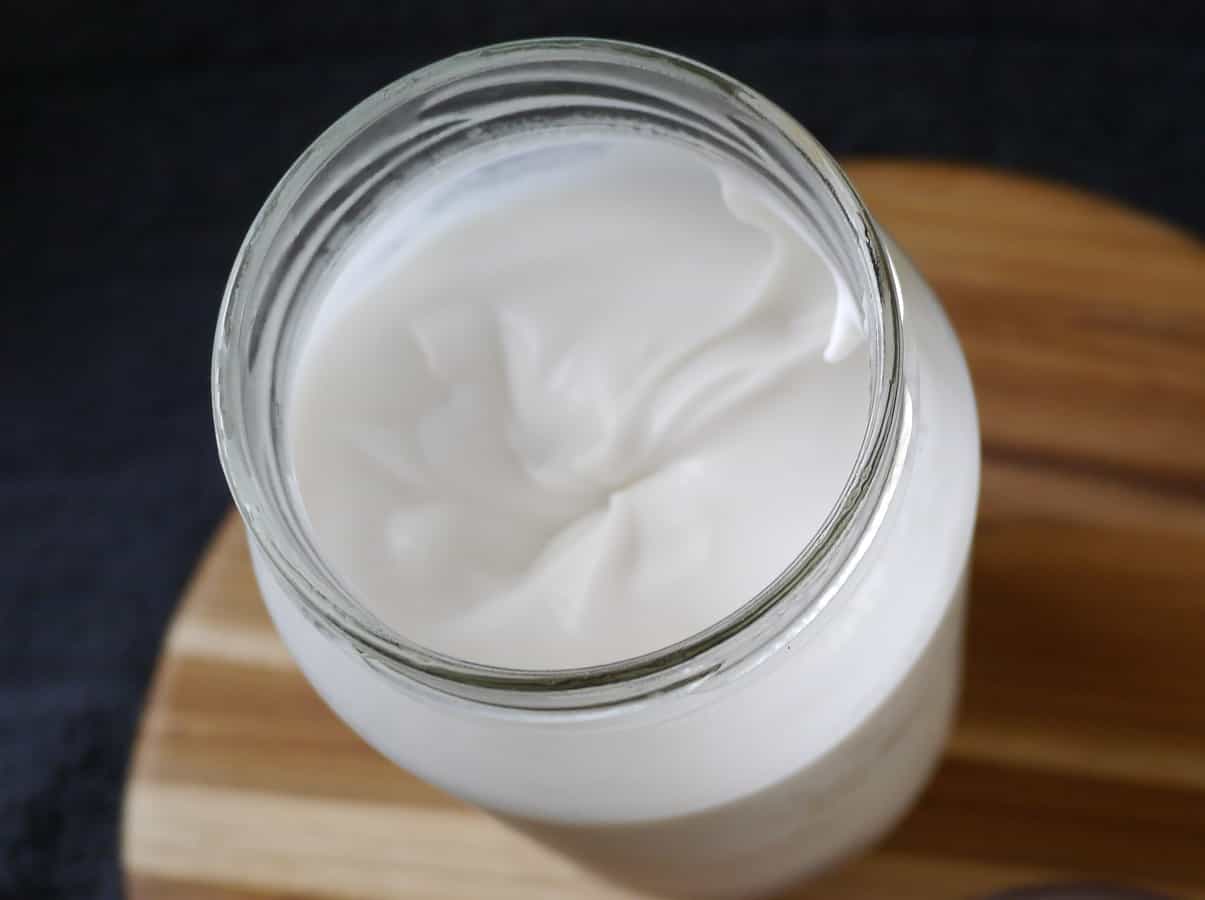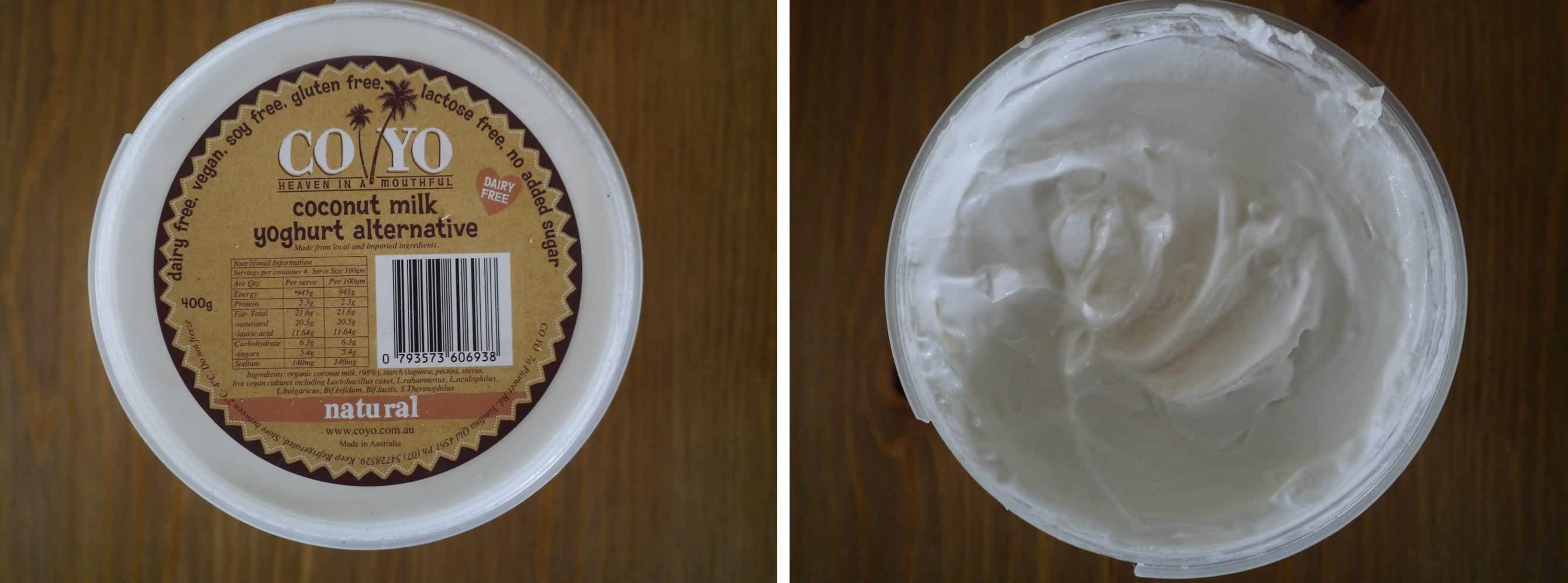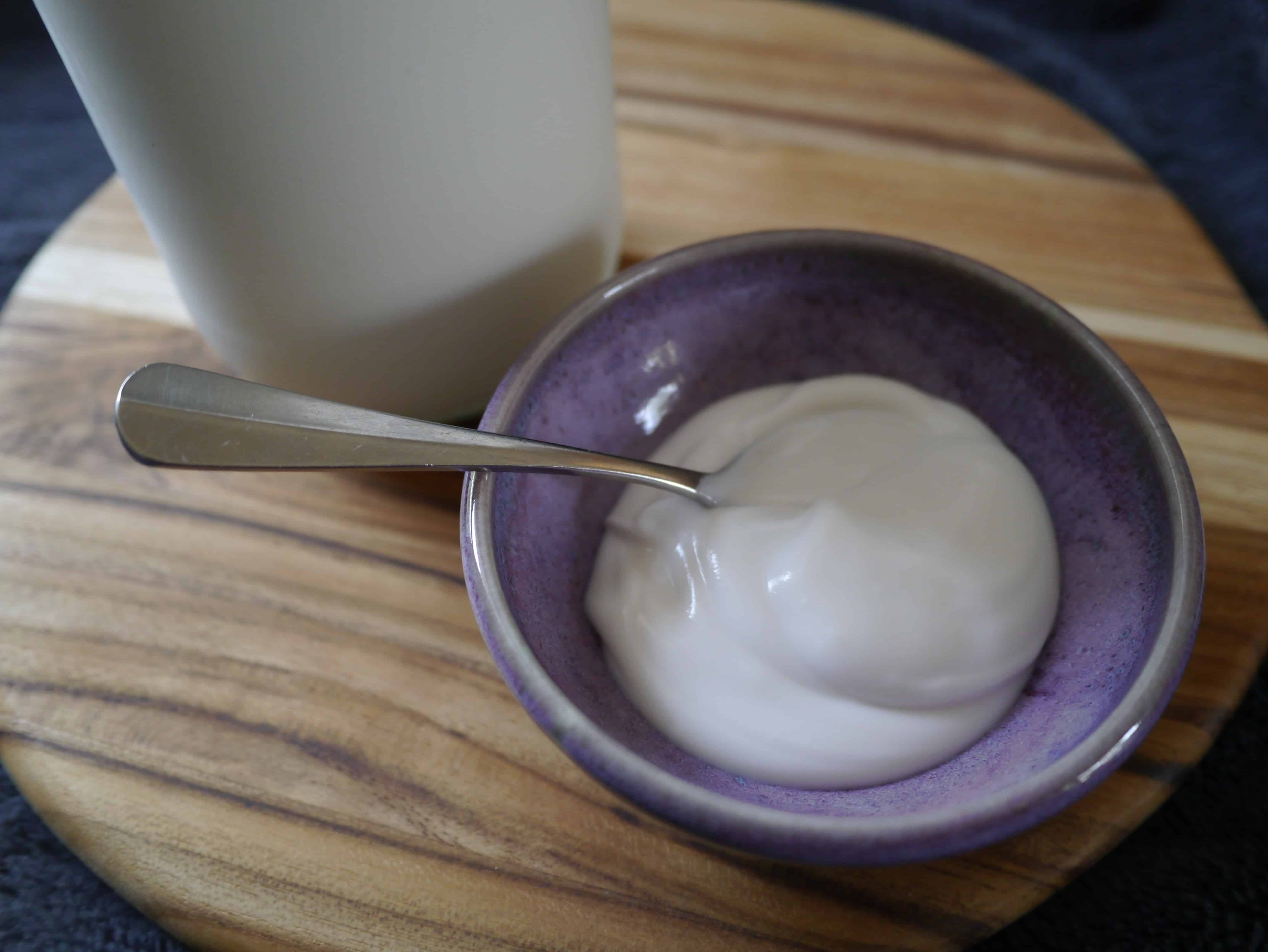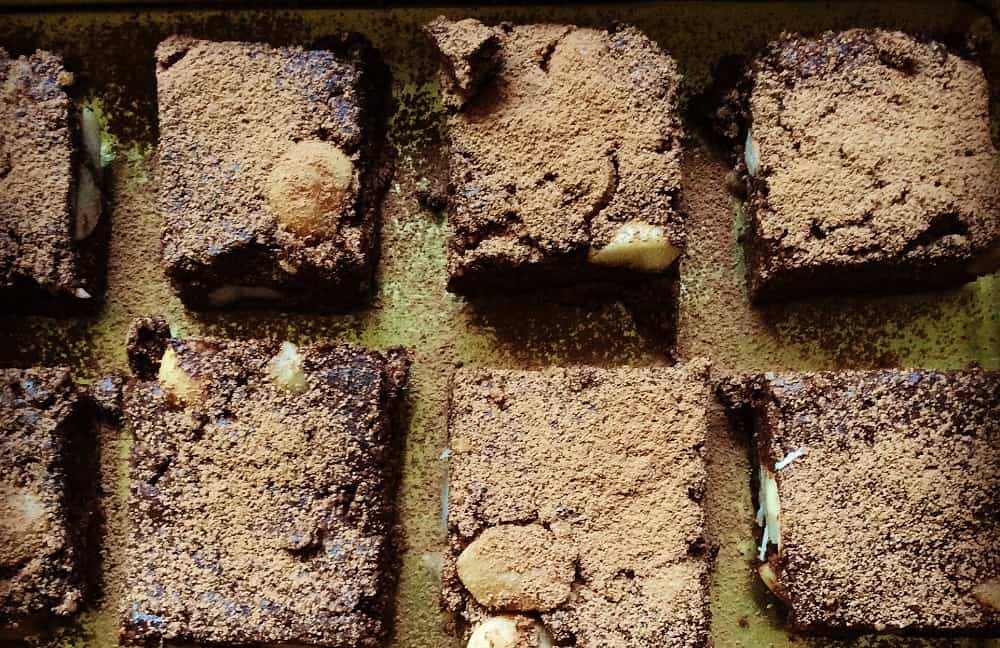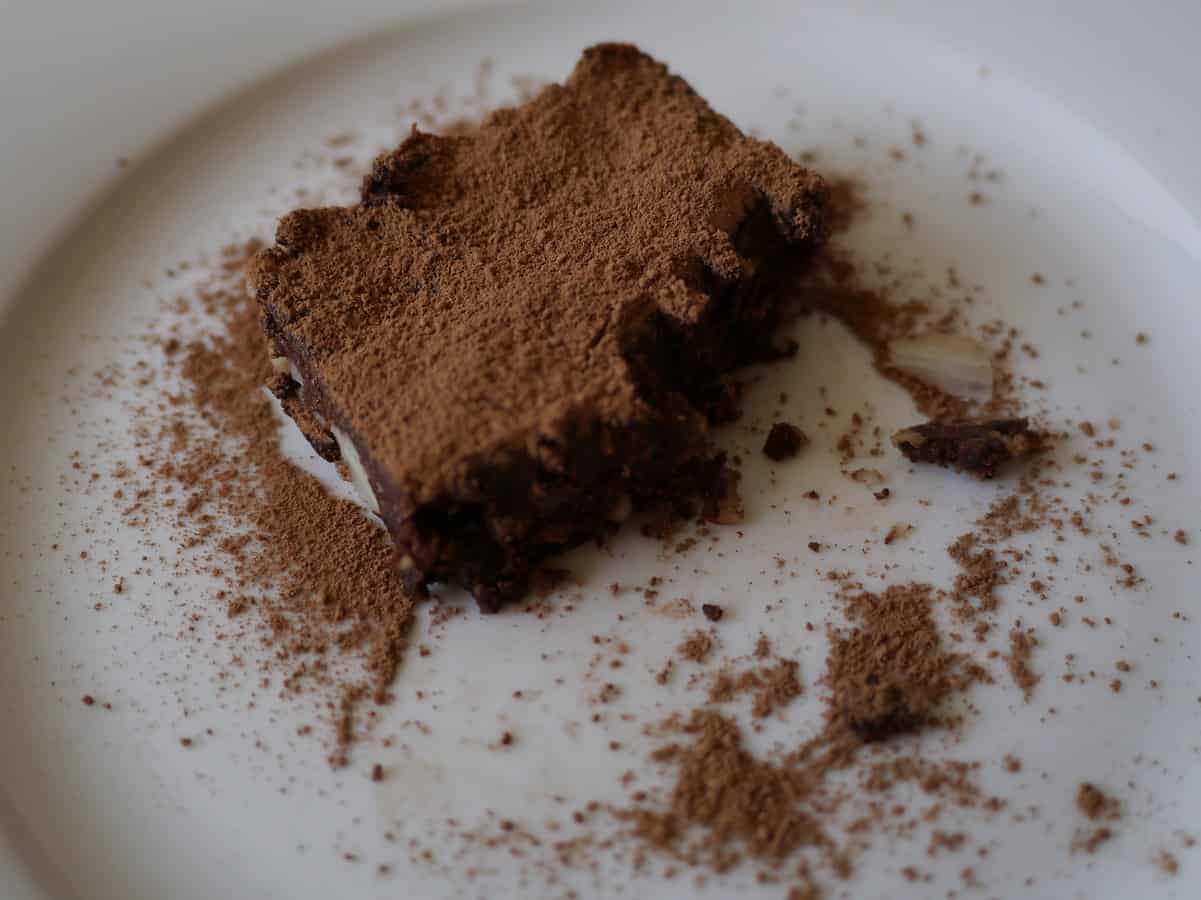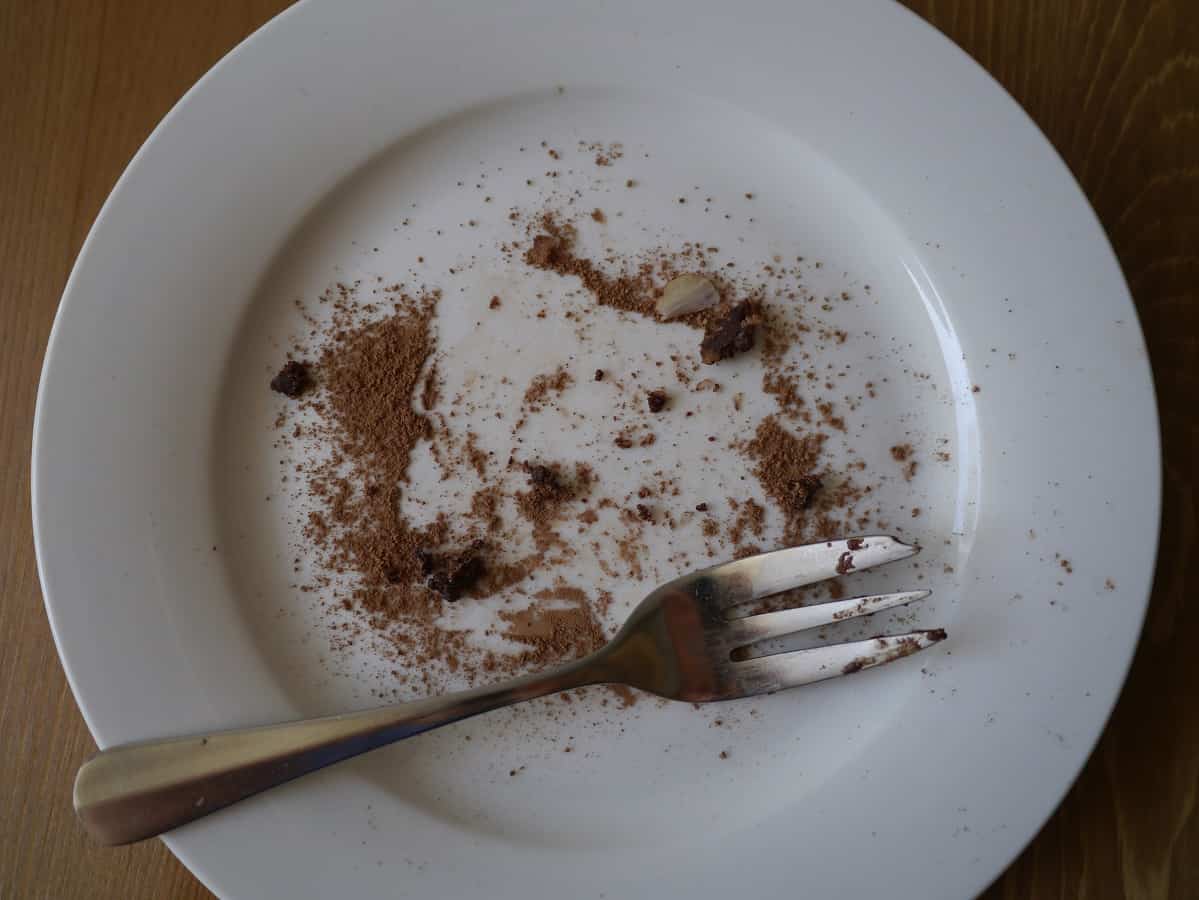6+ Zero Waste Plastic-Free Snack Ideas
This week, I’m talking snacks. Specifically, zero waste snacks that you can make at home. If you have access to a bulk store, then you’ll have access to heaps of delicious plastic- and packaging-free snacks. For example, we can buy vegetable crisps, flavoured nuts, rice crackers, protein balls, and chocolate-coated everything (not to mention chocolate itself).
If you don’t have access to a bulk store, then this is not the least bit helpful. I realise that!
Rather than bore you all (or make you jealous) by telling you how wonderful bulk stores are, I’m going to focus on things that you can do and snacks that you can make without access to a bulk store. Level playing fields for all!
Zero Waste Snacks: Fresh Fruit
I know, I know. Boring! But also very good for you. Extremely easy to find without packaging.
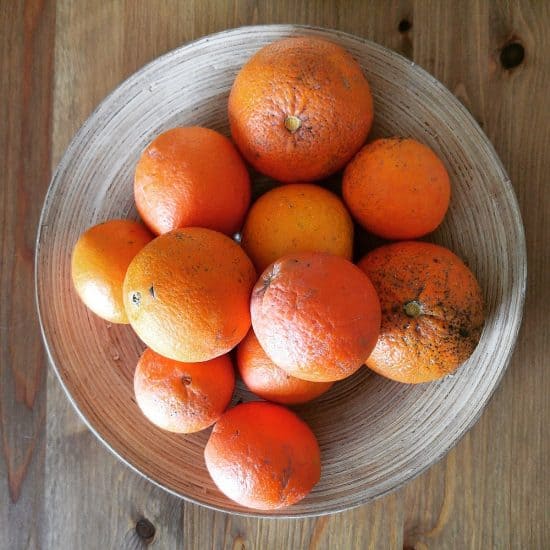
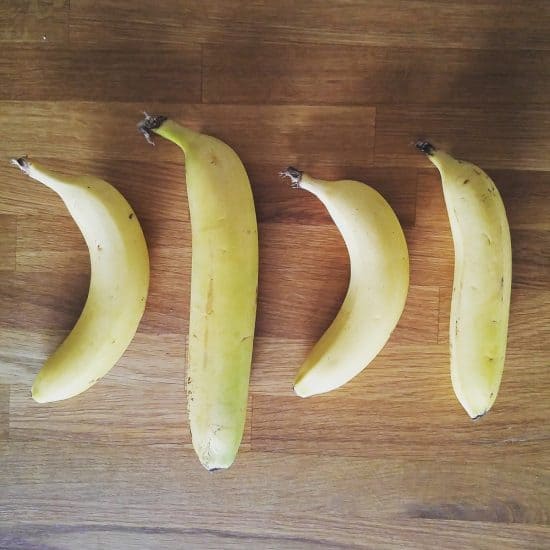
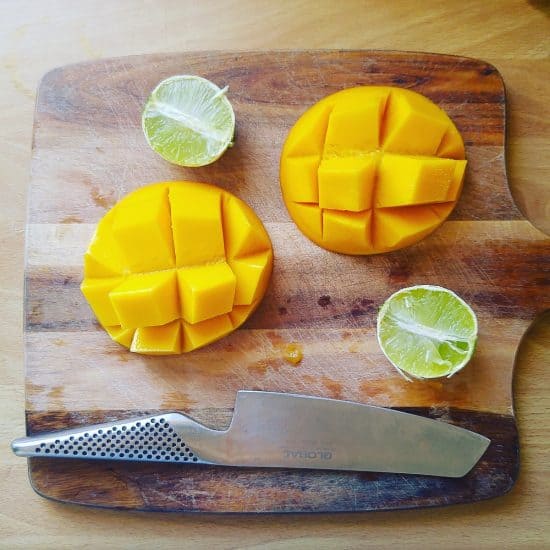
Zero Waste Snacks: Fruit with Extras
I get it. You don’t want fruit. You want chocolate. You want something satisfying. I hear you.
But fruit is very versatile, and can easily be jazzed up. One of my favourite things to make fruit a little more filling (and tasty) is to slather it with nut butter. Apple slices spread with almond butter is the best. (If you’re allergic to nuts, or want a cheaper option, consider seed butters.)
Literally, nut and seed butters are just blended nuts or seeds. The natural oils are released with the friction, so there’s no need to add anything else. Generally toasted (and cooled) nuts will blend better than raw ones, so unless you have a super fancy blender, stick to toasted.
Another favourite is chopping bananas into rounds, and filling two rounds with peanut butter to make a sandwich.
Talking of bananas, I’ve also seen them peeled, dipped into chocolate (maybe half the length) and then nuts, seeds, coconut or other sprinkles used as a topping.
Orange segments, strawberries and raspberries can also be dipped in chocolate (assuming you can find berries packaging-free).
Zero Waste Snacks: Nice Cream
“Nice cream” is often used to describe vegan ice cream, but actually it’s not really ice cream – nothing so complicated. It’s actually just blended frozen fruit, which makes a soft-serve sorbet / ice cream that is eaten straightaway..
This one is mango and banana. A spoonful of nut butter or coconut butter adds a bit of creaminess. Literally take frozen fruit out of the freezer, and blend. Then, eat. So refreshing on a hot day!
Another favourite “nice cream” combo of mine is chocolate banana peanut butter : literally 2 frozen bananas, 1/3 cup cocoa powder and 2 tbsp peanut butter, blended. Yum.
Zero Waste Snacks: Vegetables
Yes, vegetables can be a snack. Carrots, capsicum, cucumber, radish, celery can all be chopped into crudites – although I tend to just chomp on carrots as they are. If you’ve got a dip (such as hummus – see my recipe here) all the better, but they can be good on their own. Pesto and even peanut butter (yes, carrots and peanut butter are a “thing”) also make good dips.
Broccoli has to be my favourite vegetable ever. I could eat bowlfuls of it… and I do. I like to fry it on a high heat so it chars a little, then add a big squeeze of lemon juice and a couple of tablespoons of tahini and mix together. Yum.
If you’ve never made kale chips, you are missing a trick. Yes, they look green and a little too healthy, but actually they are oily and salty and very tasty. I add to a roasting pan, drizzle with olive oil, sprinkle a little salt and pepper and bake in the oven on a low temperature (100ºC) for about 30 minutes.
(The low temp dries them out whilst keeping them green. If the oven is too high they will dry out and be ready quicker, but they will also be brown – not nearly so attractive.)
We don’t buy potato chips as they don’t come without packaging. Sometimes as a treat we’ll make a bowl of roast potatoes (chopped into small cubes and roasted to increase the crispy surface area) and snack on them. Probably not the healthiest option, but potato chips aren’t exactly either!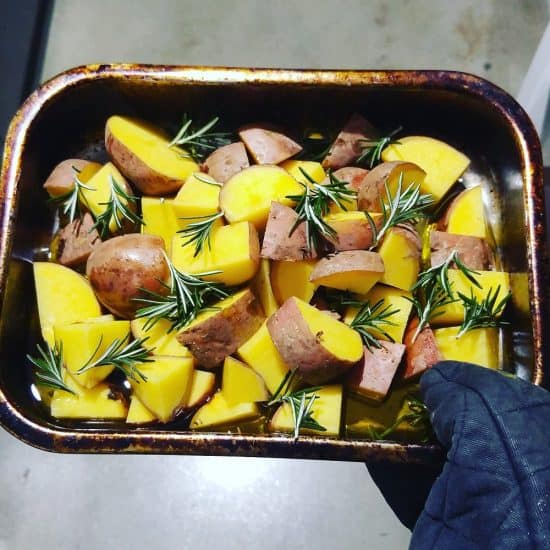
Vegetable peels also make great potato chips / crisps. I don’t tend to peel my veggies often (who can be bothered?!) But sometimes a recipe calls for peeling. If that’s the case I give the veggies a good scrub, peel and then put the veggies in a bowl with a small amount of olive oil. Mix, lay out of a baking sheet and bake in the oven for 10 mins or so, turning half way through.
This works for most veggie peels: potato, carrot and parsnip are my favourite (and the tastiest), but beetroot peels and sweet potato peels also work.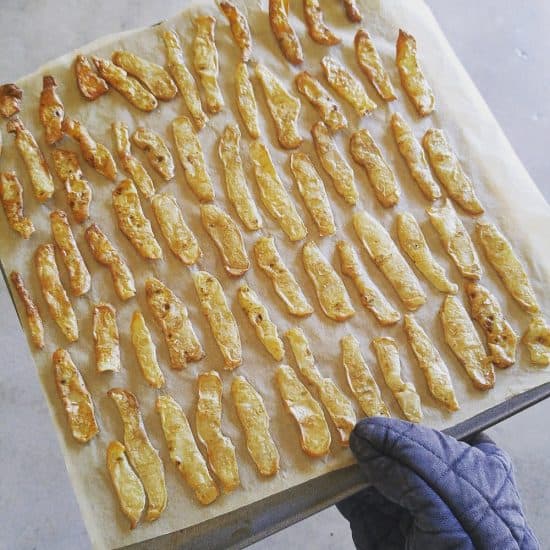
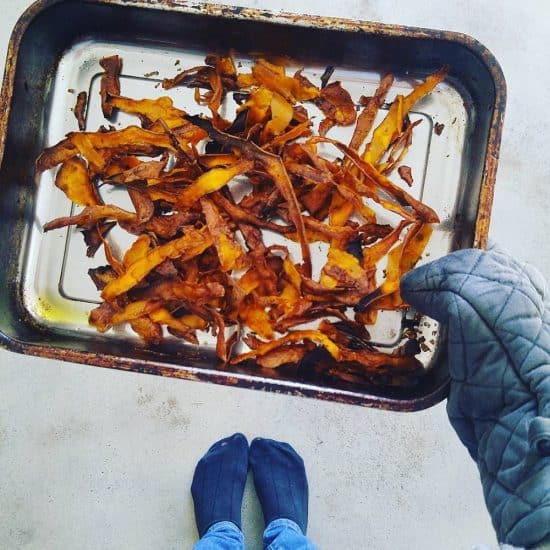
Zero Waste Snacks: Other Crunchy, Salty Things
When I crave snacks, it’s not necessarily that I’m hungry. (Usually I’m procrastinating!) Often I just want something crunchy and salty. For me, my go-to option is popcorn.
Even if you can’t buy popcorn from a bulk store and without packaging, a 500g bag of popping corn will make a LOT of popcorn. If you were to buy that many packets of pre-popped popcorn or even potato chips, the waste would be enormous. Even if it comes in plastic, popcorn is a very low-waste snack.
I always make mine in a saucepan. Heat enough oil in the bottom of the pan to coat the kernels (but not so much it covers them) and heat until the kernels begin to pop. Rather than use a saucepan lid, I use a tea towel to stop the popcorn pinging out of the pan. Whilst popcorn is doing its thing, it releases a lot of steam. I find with a saucepan lid the moisture condenses and drips back onto the popcorn – cue soggy popcorn. The tea towel allows the steam to escape and gives you crispy popcorn. Hurrah!
(As soon as the popping slows down, take the pan off the heat, otherwise the popcorn will burn. You can always save unpopped kernels for next time.)
Roasted chickpeas are another snack I make. I tend to buy chickpeas in bulk and cook them up a couple of kilos at a time, so I’ll often make a batch of these. If you have access to dried chickpeas, either in bulk or in large bags, this is a great option. If you can only buy the tins, I probably wouldn’t bother (you’ll end up with way more packaging than snack). You can find my roasted chickpea recipe here.
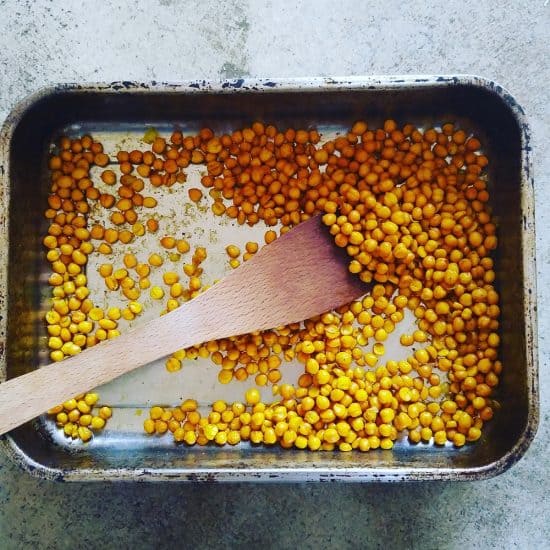
Zero Waste Snacks: Really Simple Making & Baking
When I think of snacks, I think of something quick and easy. Baking is great, and I love it, but it often requires a little time. However, there are a few things that you can pull together and bake very quickly, so I’ve included a couple of ideas.
Bliss balls are the first option. All you need is a blender or food processor. They are typically made from nuts and dates blended together and rolled into balls. The less ingredients the better, in my view.
These are macadamias, shredded coconut, rice malt syrup and the juice and rind of a couple of lemons. Macadamias, dates and fresh ginger are also a great combo. And anything chocolate-flavoured, of course. Simply google “bliss balls” and you will find millions of options.
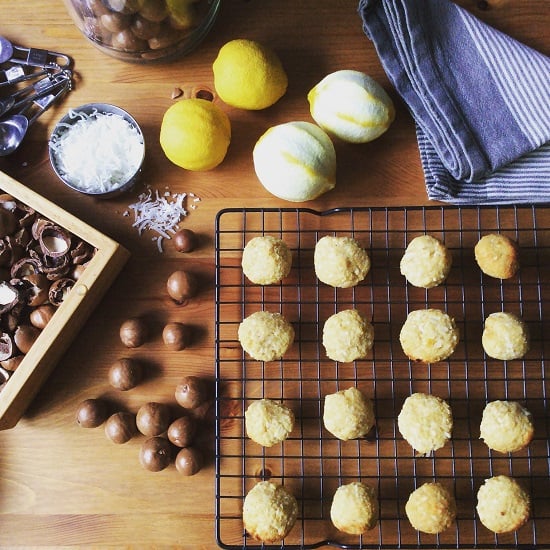
Cookies are another simple, low fuss baking solution, and 84th & 3rd’s 3 ingredient emergency cookies are a great zero waste option, requiring oats (these can be bought in cardboard only if not in bulk), pears and chocolate. You can substitute the pear for banana, switch the chocolate for nuts, add a couple of spoonfuls of nut butter to increase the flavour.
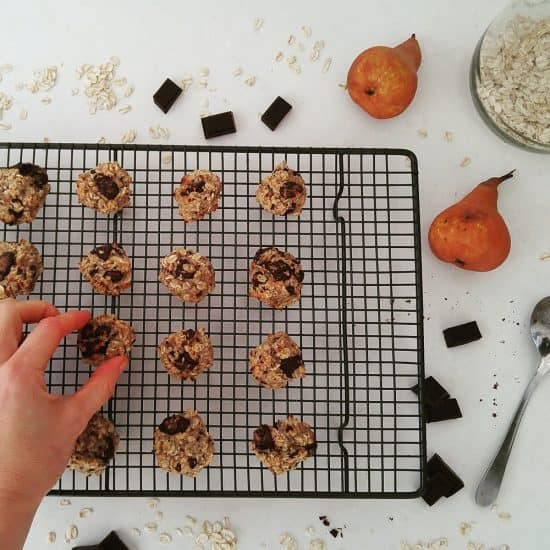
I’m not going to delve into full-on baking in this post, but of course, your imagination is your only limitation. Don’t be afraid to google recipes, or even inspiration for single ingredients and see what the internet has to offer. Or even better, experiment!
Now I’d love to hear from you! What are your favourite zero waste and plastic-free snacks? Any recipes that you’d recommend? Any tips and tricks to share? Any particular struggles that you have? I’d love to know more so please share your thoughts in the comments below!
[leadpages_leadbox leadbox_id=1429a0746639c5] [/leadpages_leadbox]

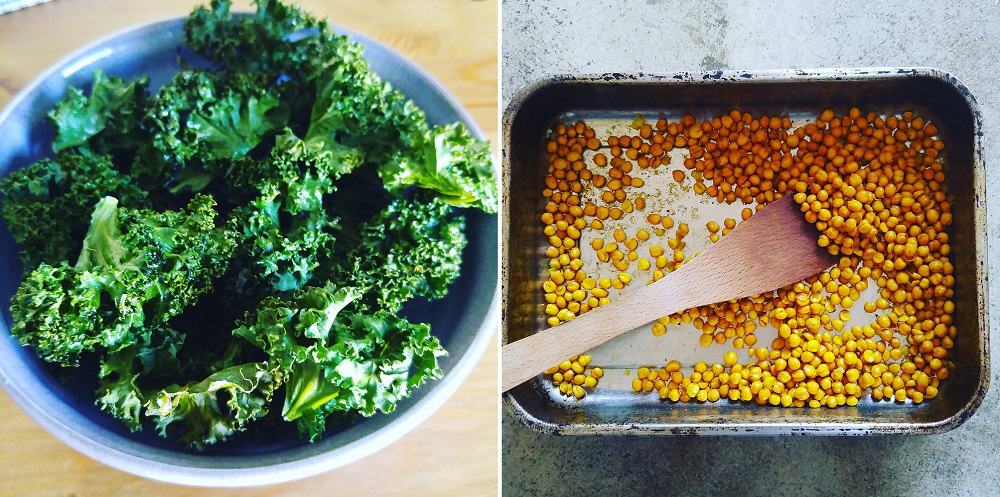

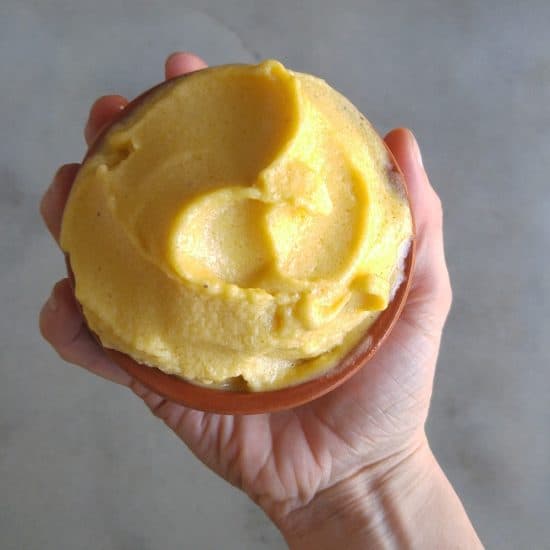
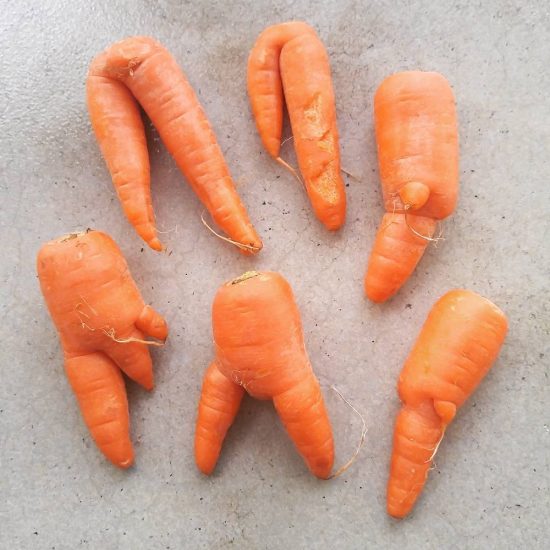
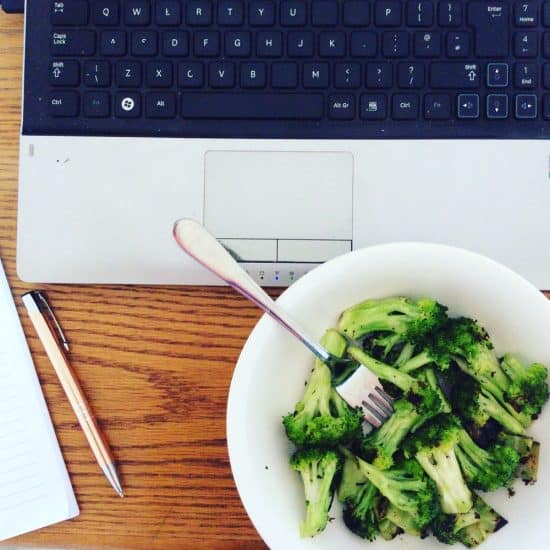
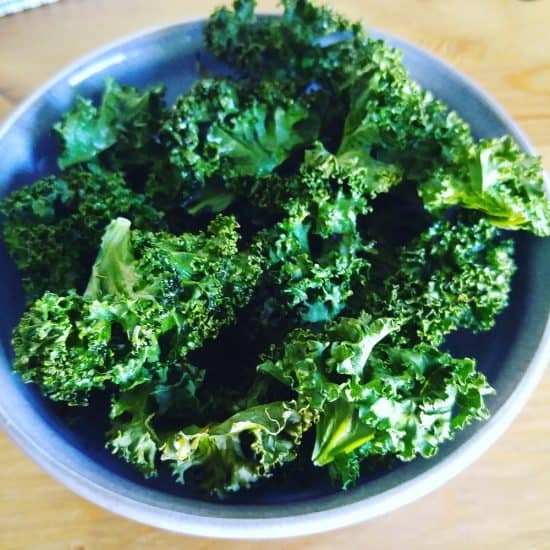
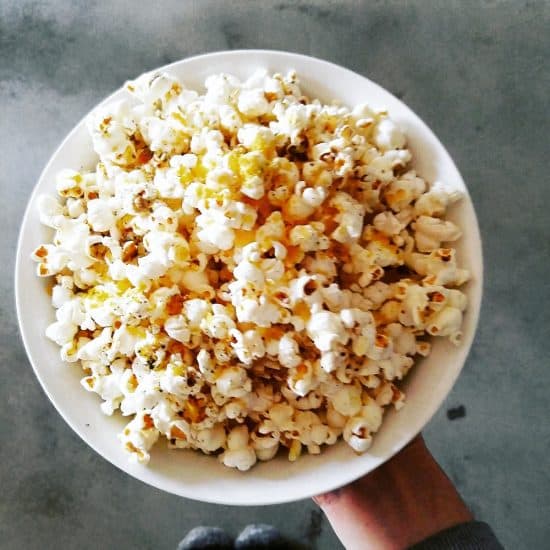


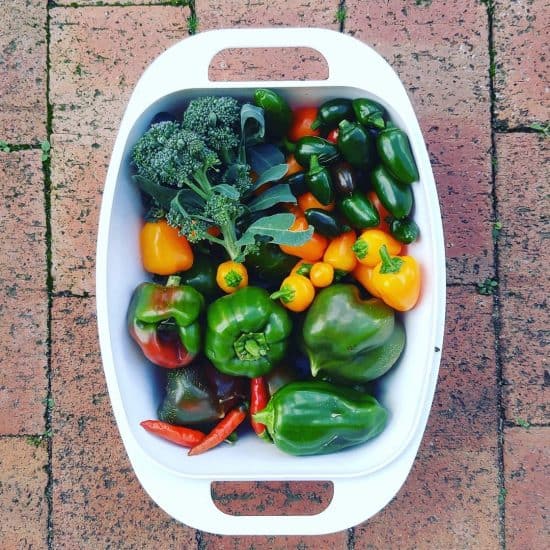
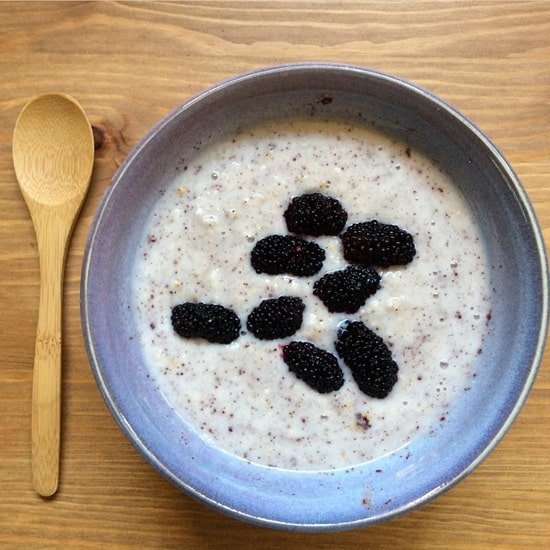
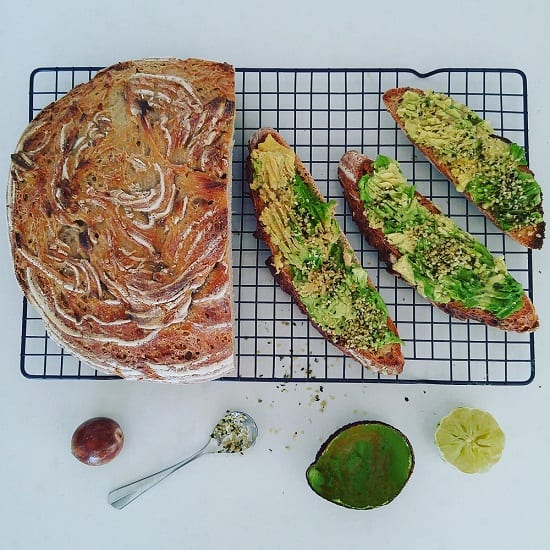
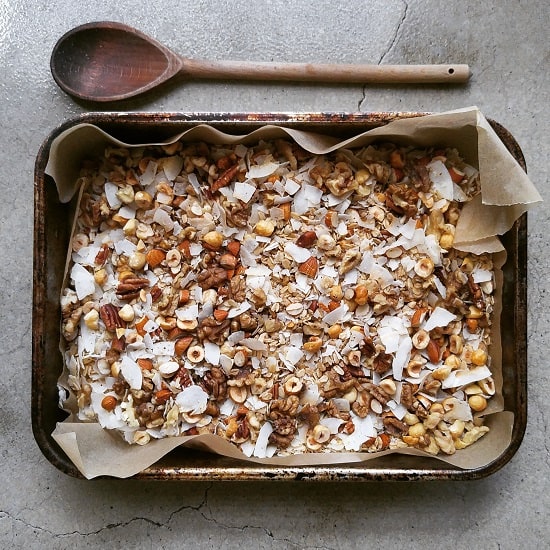
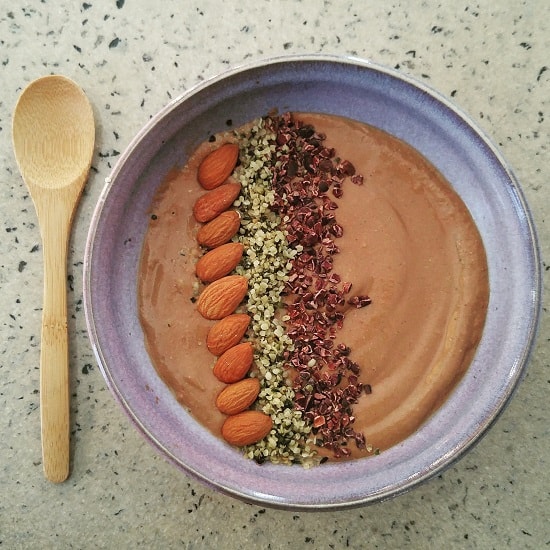
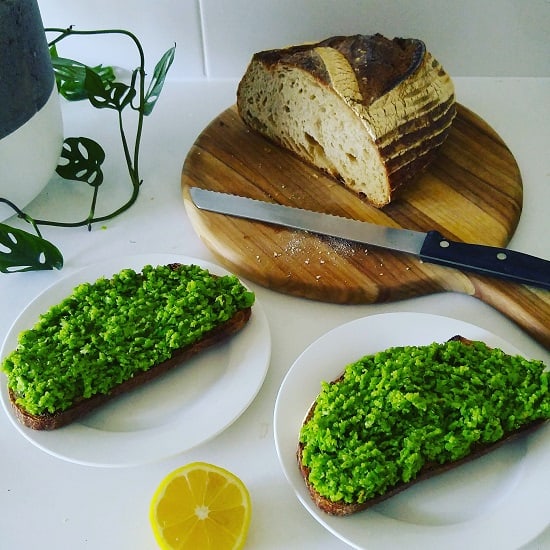
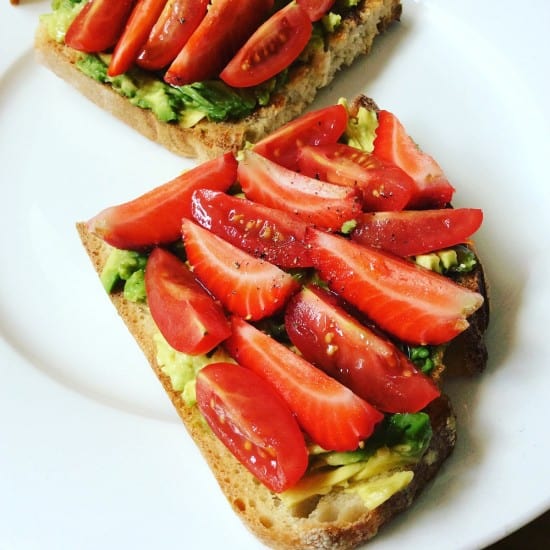

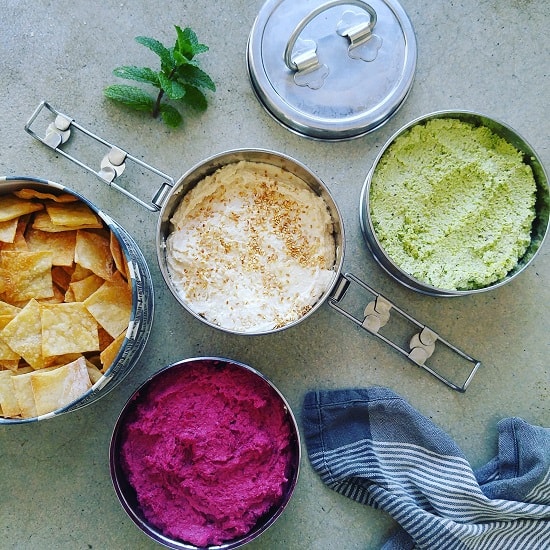
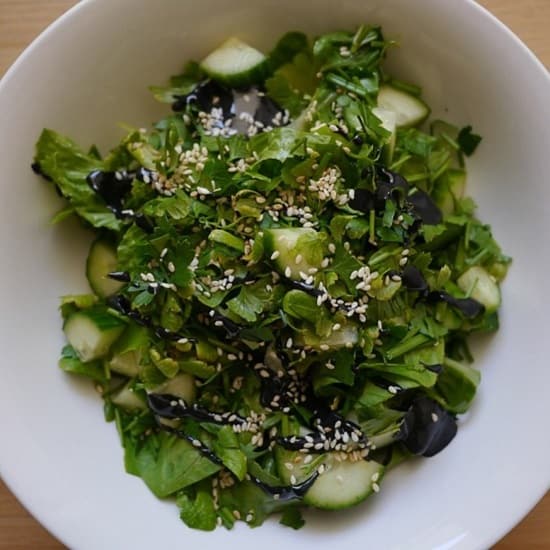
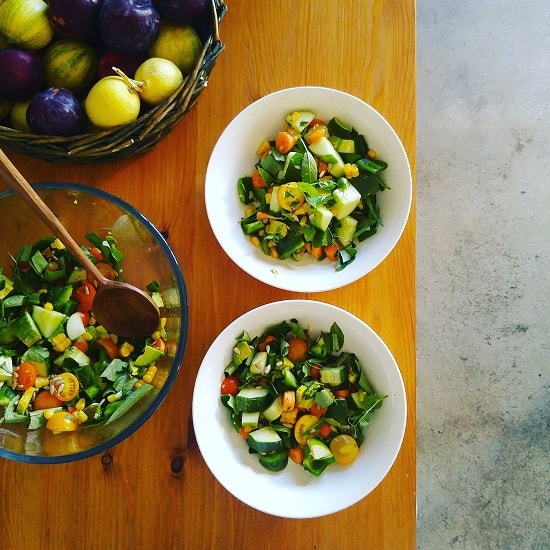
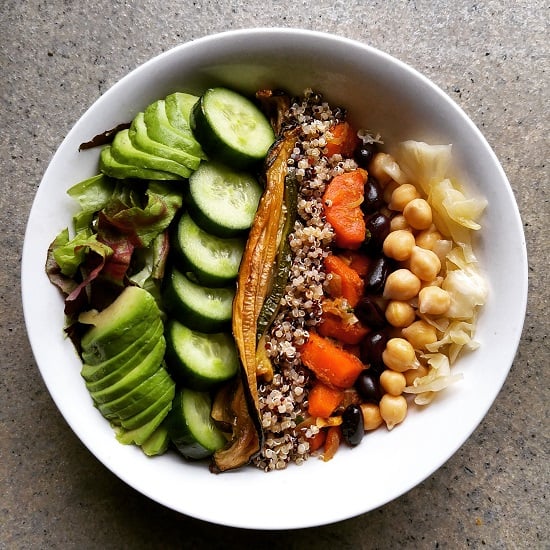
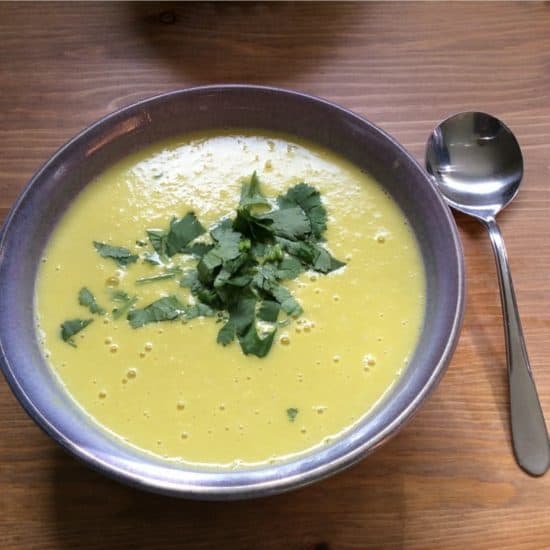
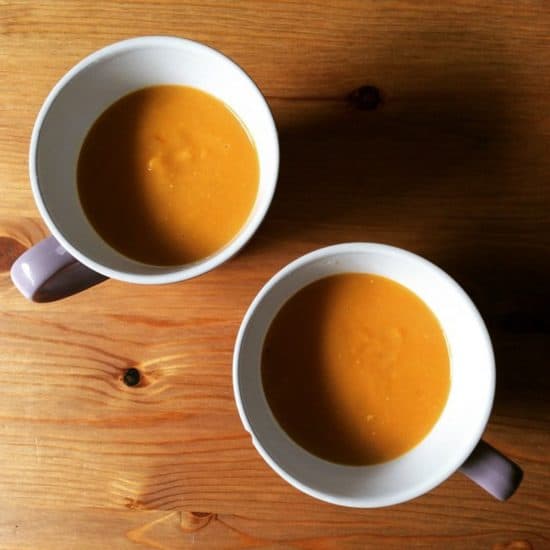
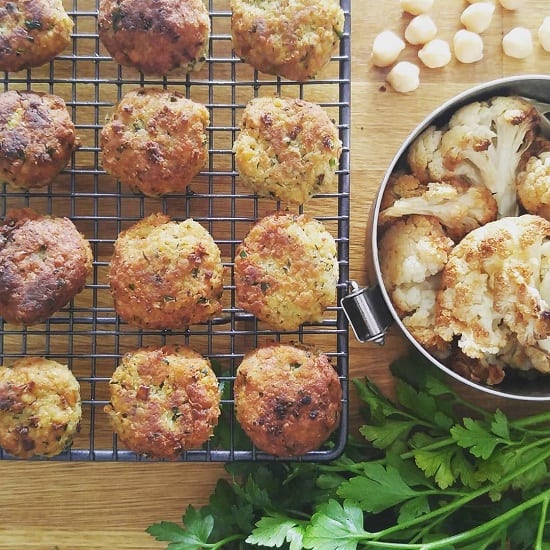
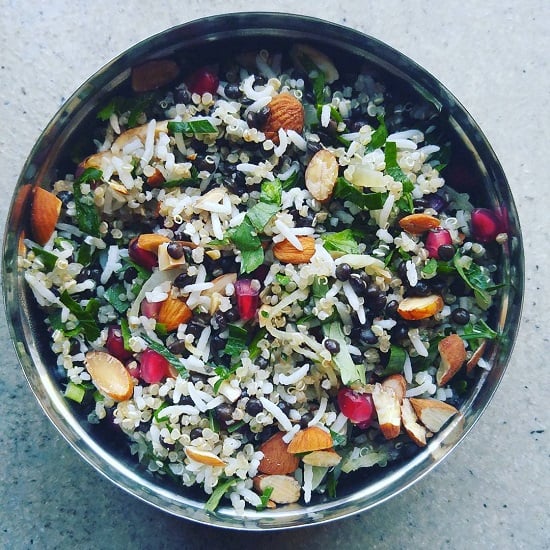
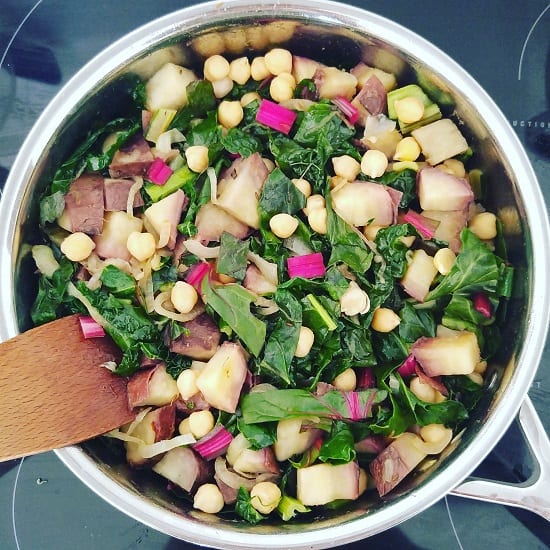 More vegetable one-pot meals: this would be the kind of filling I’d use for baked potatoes or sweet potatoes – topped with avocado and drizzled with tahini.
More vegetable one-pot meals: this would be the kind of filling I’d use for baked potatoes or sweet potatoes – topped with avocado and drizzled with tahini.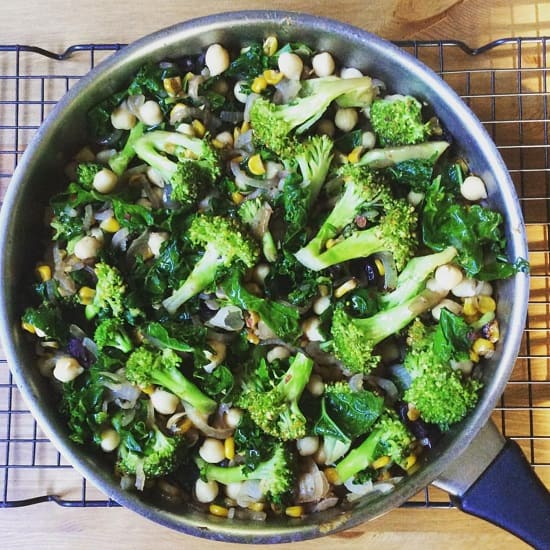
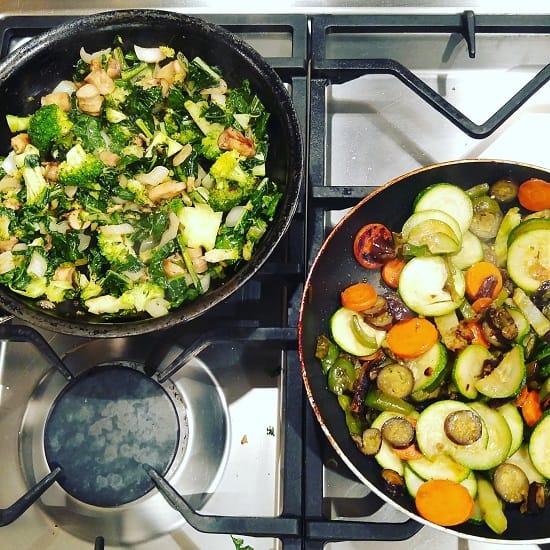

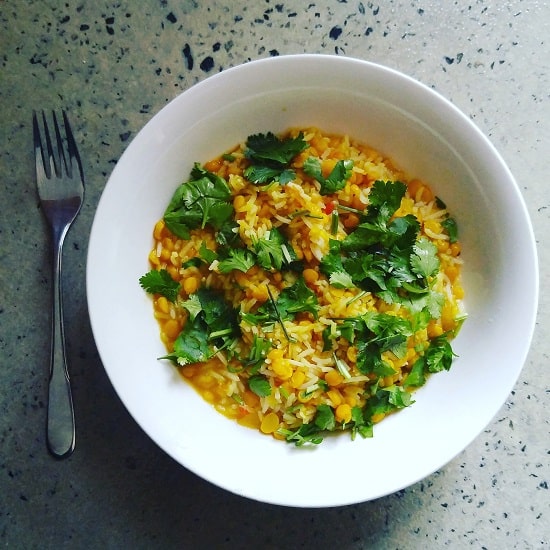
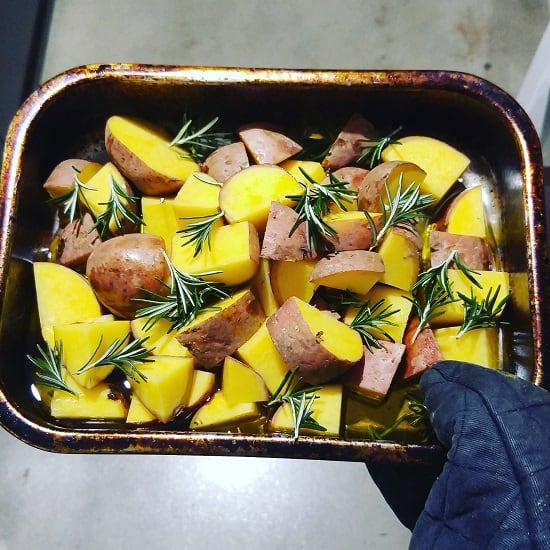
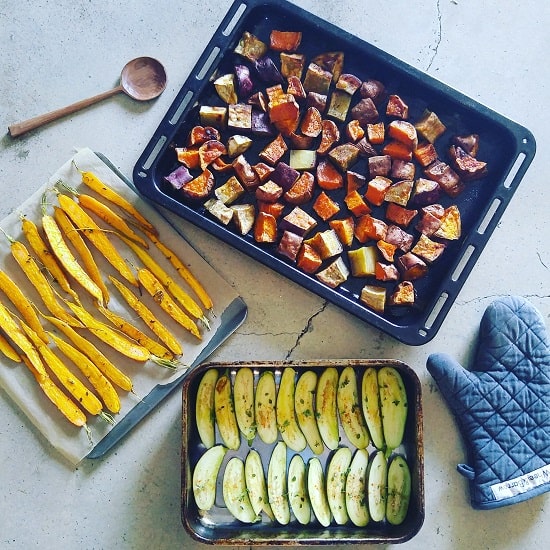

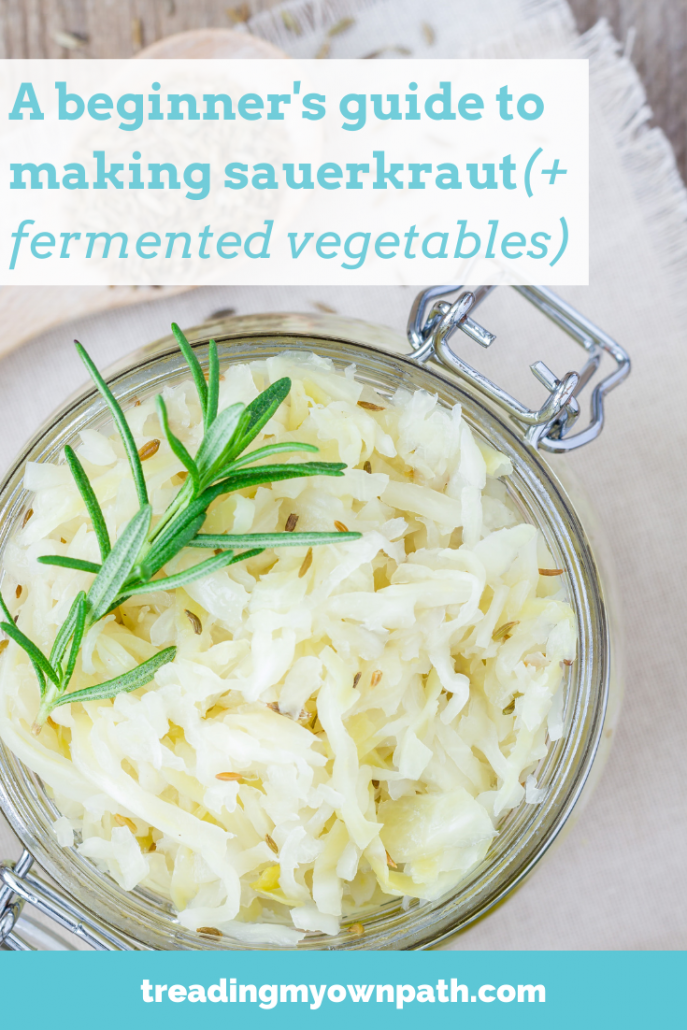
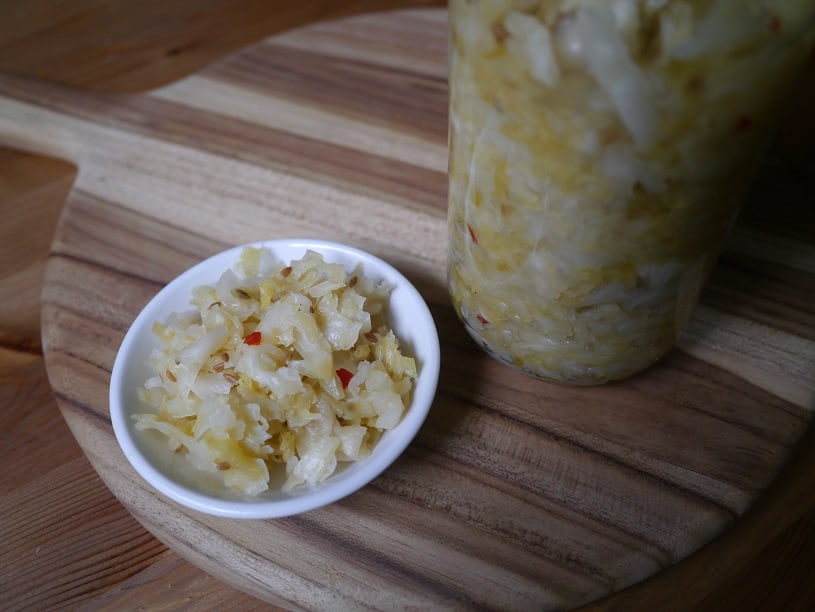
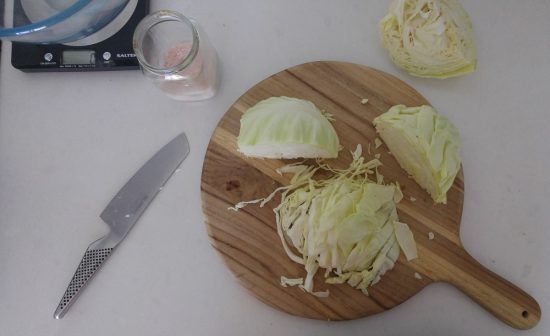
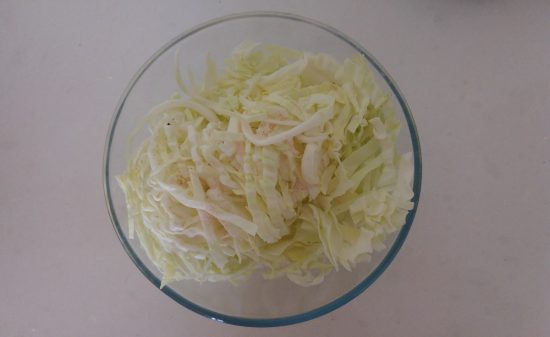
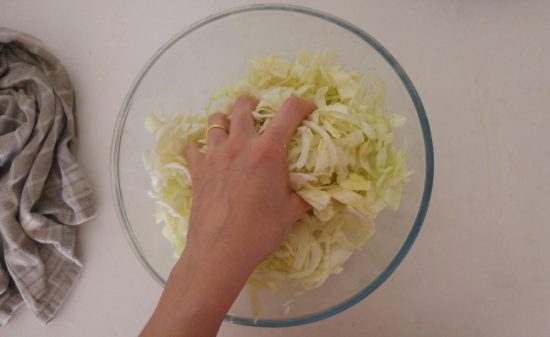
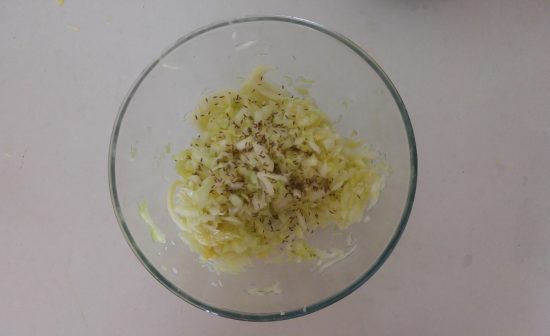
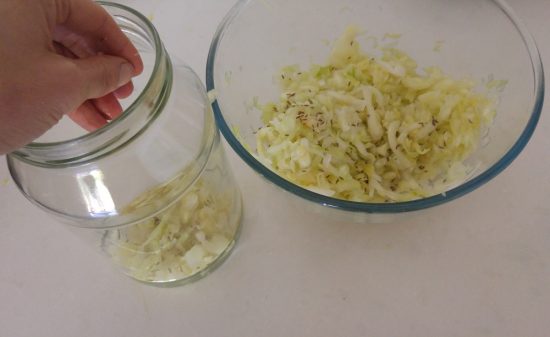

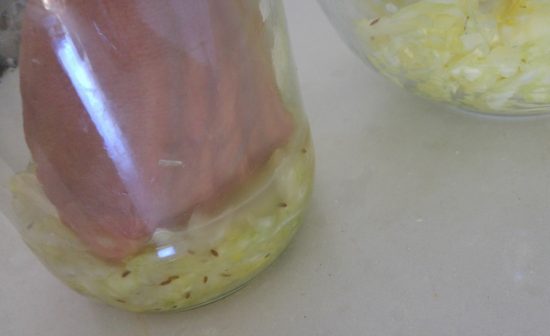
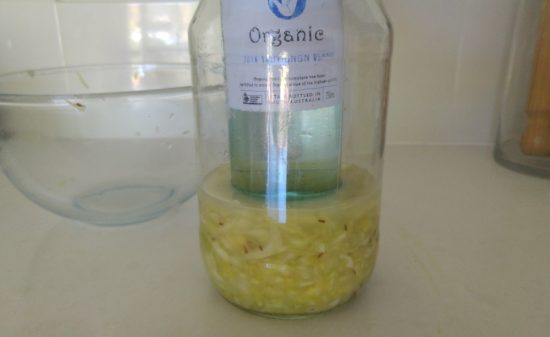
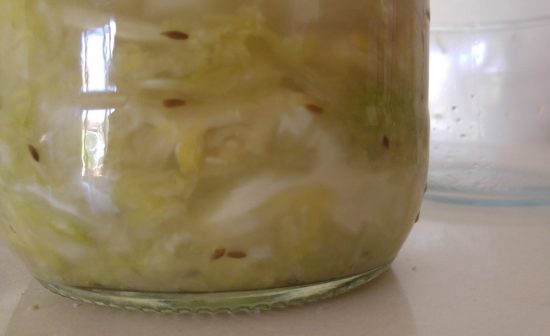
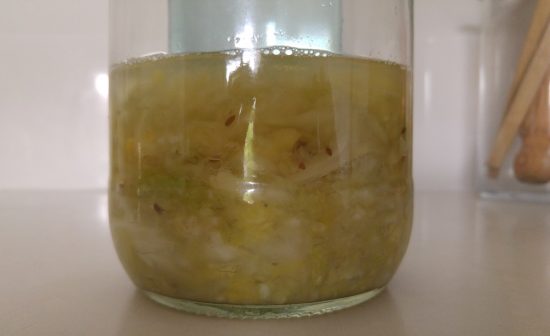
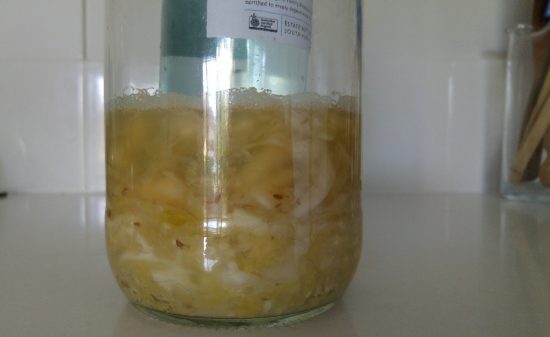
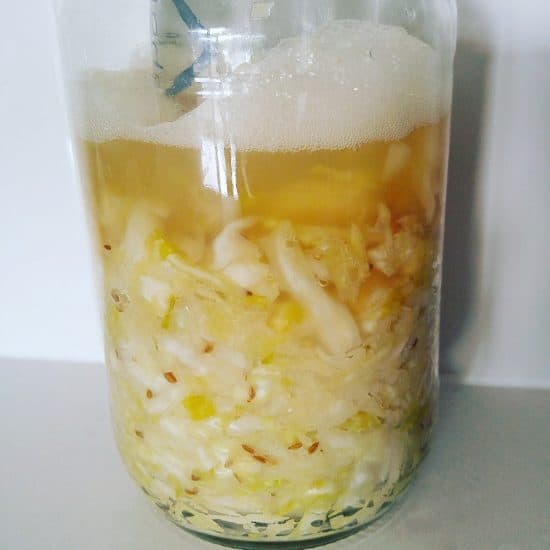

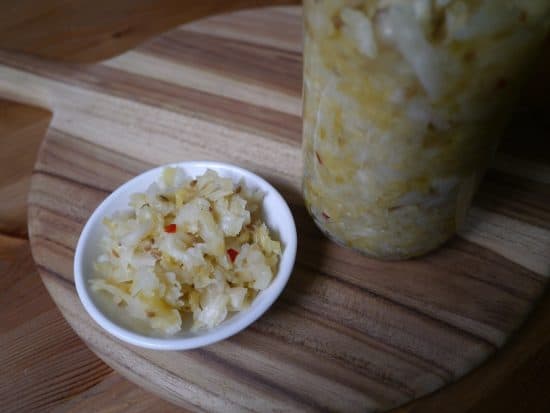
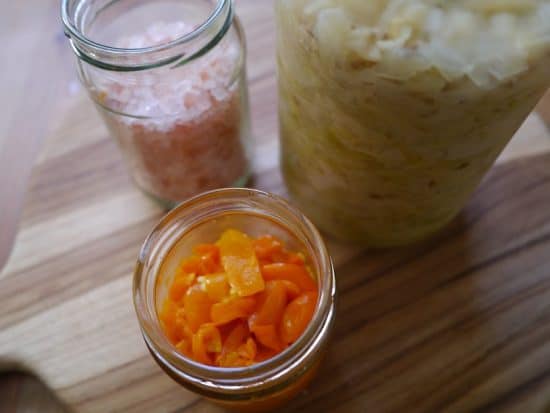
 Fermentation is a great way to preserve vegetables, and it a healthier option than pickling: the food is literally “alive” with good bacteria (there’s not heat process to kill them) and there’s no added sugar.
Fermentation is a great way to preserve vegetables, and it a healthier option than pickling: the food is literally “alive” with good bacteria (there’s not heat process to kill them) and there’s no added sugar.